The Achilles heel of all electronic devices is their durability. Whatever they can do, we always want them to do more - at least five minutes or as much as an hour. Anyone who follows smartphones, smartwatches, and technology in general has surely heard about how notoriously bad smartwatch battery life has been for Android, because too many of them simply require daily charging even with moderate use. But times are changing.
To be fair, Samsung's Tizen platform already offered multi-day battery life on smartwatches Galaxy. When Samsung decided to switch to Wear OS, there were certain concerns precisely with regard to endurance, which were finally confirmed. Galaxy Watch The 4th generation will simply make it through the day, not much more. But Wear The OS has many advantages, which of course include access to official Google applications.
When Galaxy Watch5 Pro, Samsung managed to implement a really generous battery, with which its watch can reach three days of use without the need for charging. In addition, when tracking activities, they can handle a full 24 hours on GPS, and this is something that Garmin watches in particular excel at. Samsung can therefore really appeal to a large number of users with its Pro model, paradoxically also thanks to the absence of a rotating bezel, which could have confused many potential but less experienced users.
You could be interested in
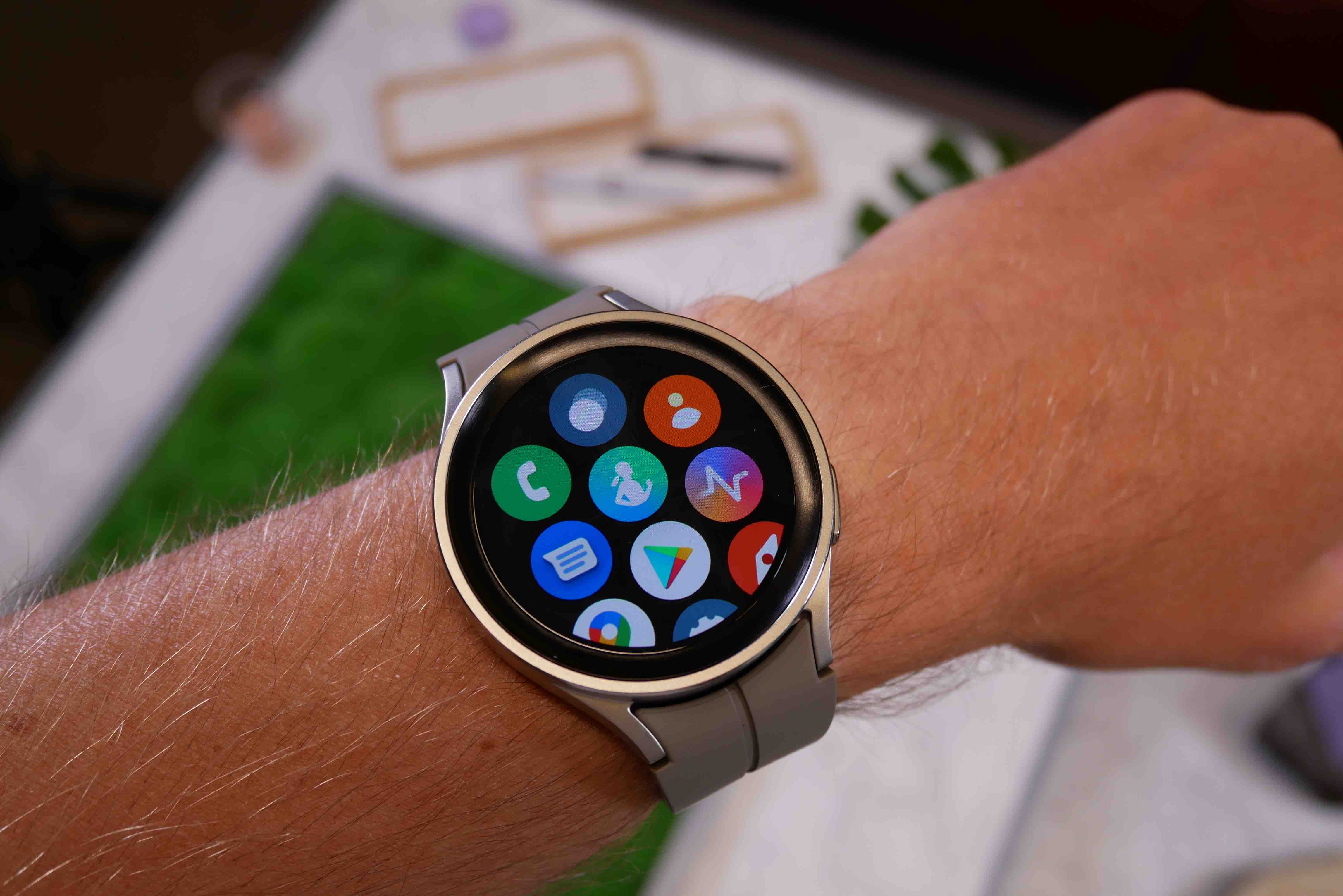
Samsung's 25W fast charging is now too slow to be competitive
While we praise on the one hand, on the other hand, such enthusiasm needs to be moderated. Calling Samsung's fast charging fast is perhaps somewhat questionable. Considering Apple's fast charging, Samsung's is faster, but androidthe competition is still far ahead of him.
Although Samsung Galaxy The Z Fold4 and Z Flip4 are by no means revolutionary, both models continue to push society towards incremental change generation after generation. Improved displays, improved hardware and faster processors - Samsung's foldable devices have gradually matured into devices that ordinary users can buy. That is, provided they are not deterred by the price.
You could be interested in
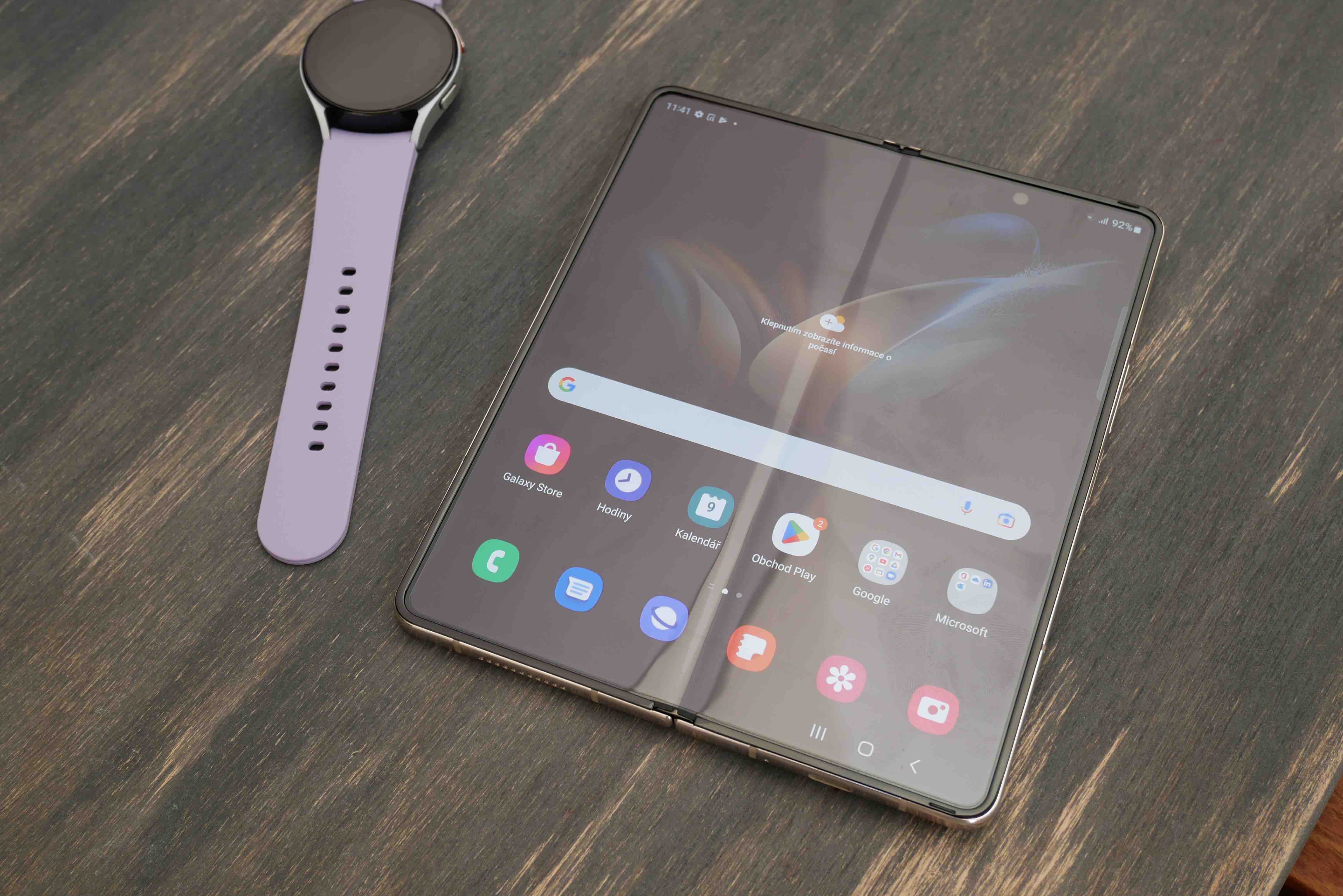
Still, there's one essential feature that just isn't enough anymore, and that Samsung has paid little attention to in recent years: charging speed. Galaxy The Z Fold4 retains the same 25W charging speed as its predecessor, with the Z Flip4 jumping to this from the previous model's 15W charging. While Samsung continues to market these figures as "fast charging" and routinely boasts the ability to reach 50% in 30 minutes, competitors have far surpassed this level.
All the leaders in this area are Chinese companies. Oppo, Vivo and Xiaomi are constantly raising the bar and can handle power well above 100 W. Forget about 50% charge in thirty minutes. Fast charging is a feature that could completely change the way you use your phone, where you only connect to the charger when you absolutely need to, rather than "preemptively" charging while walking past the charger or leaving the device plugged in overnight.
You could be interested in
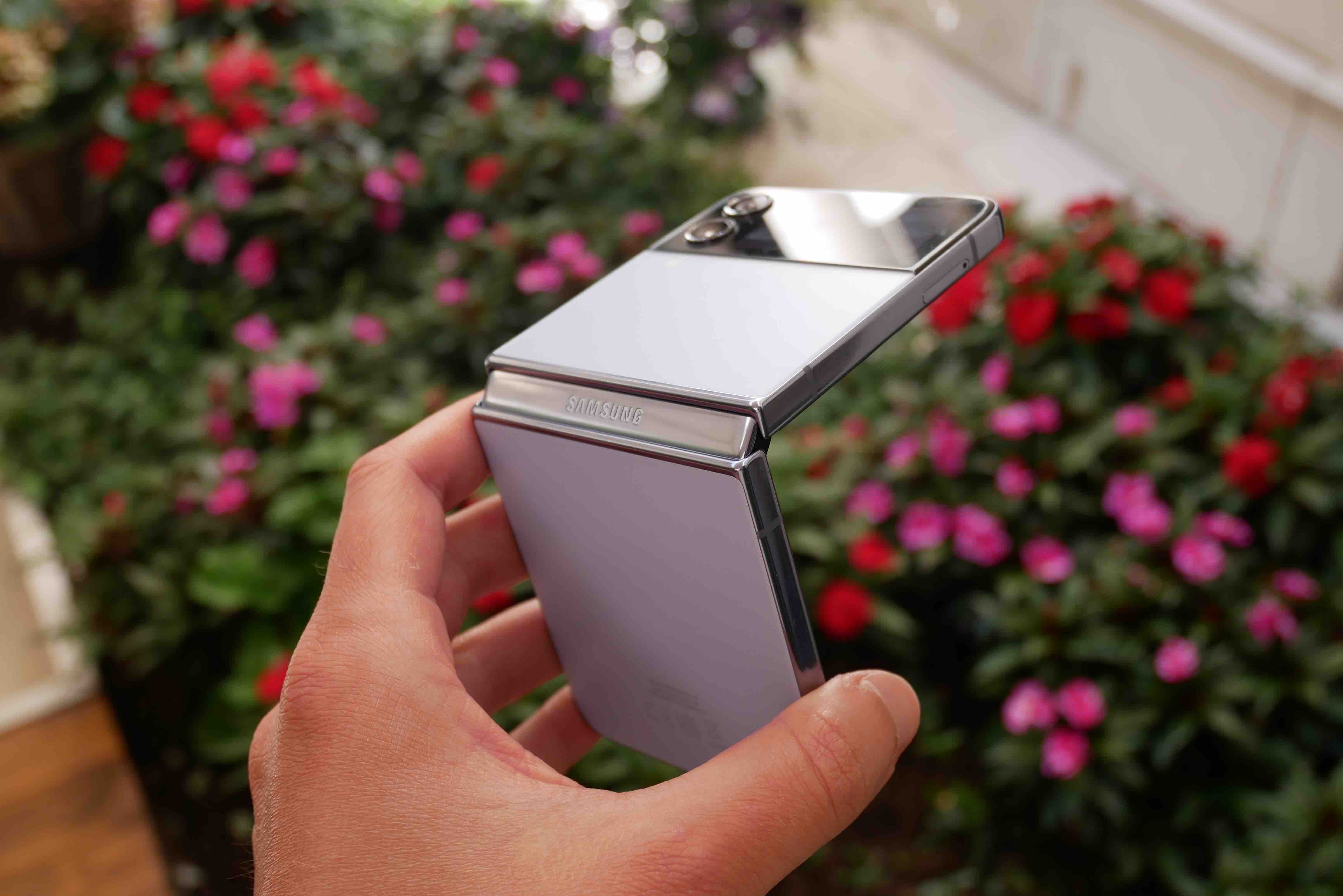
Sure, it's possible to argue that from a certain point on, ultra-fast charging is just a marketing gimmick that manufacturers can stick on the packaging box to attract potential buyers. These speeds often reduce smartphone battery life and limit the amount of time it can last on a single charge. But by the second year of using any hardware from Oppo or Vivo, you might be happy to trade 20% of the battery capacity for fast charging. Samsung i Apple but forges a strategy of maintaining battery capacity in exchange for slow charging speeds. However, in order for this to change, a different technology of the batteries themselves would have to come.
Samsung Galaxy For example, you can pre-order Z Fold4 and Z Flip4 here

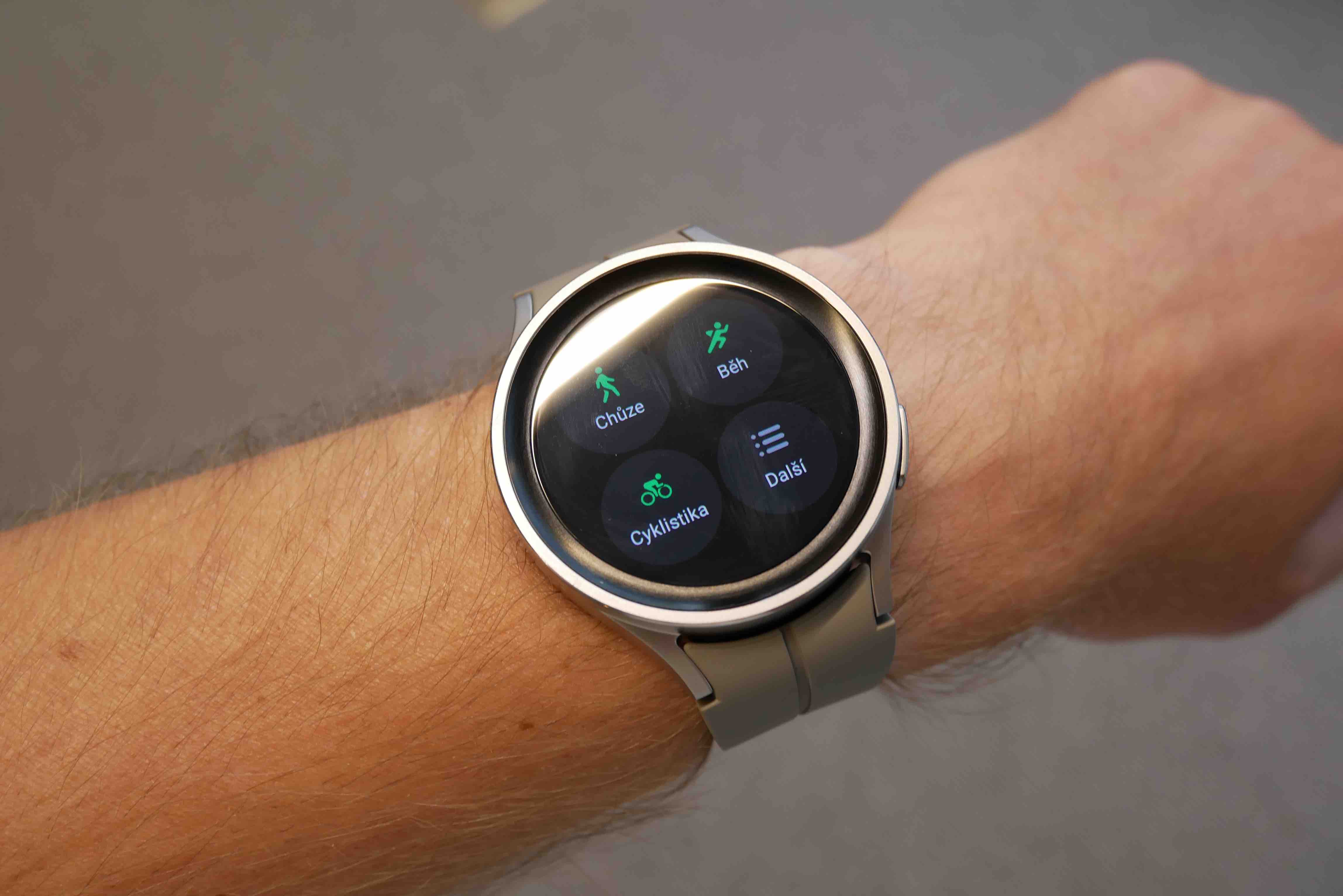
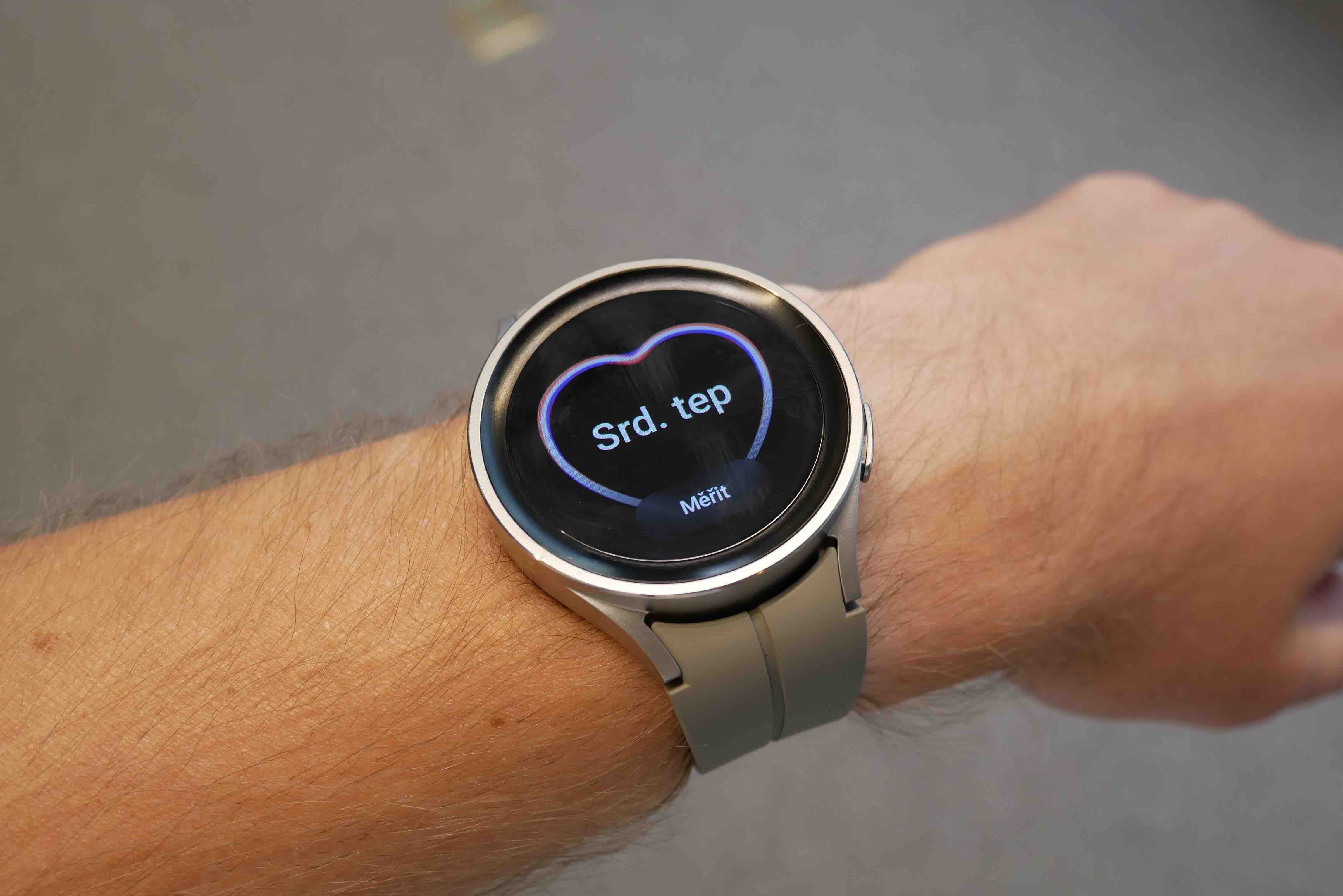
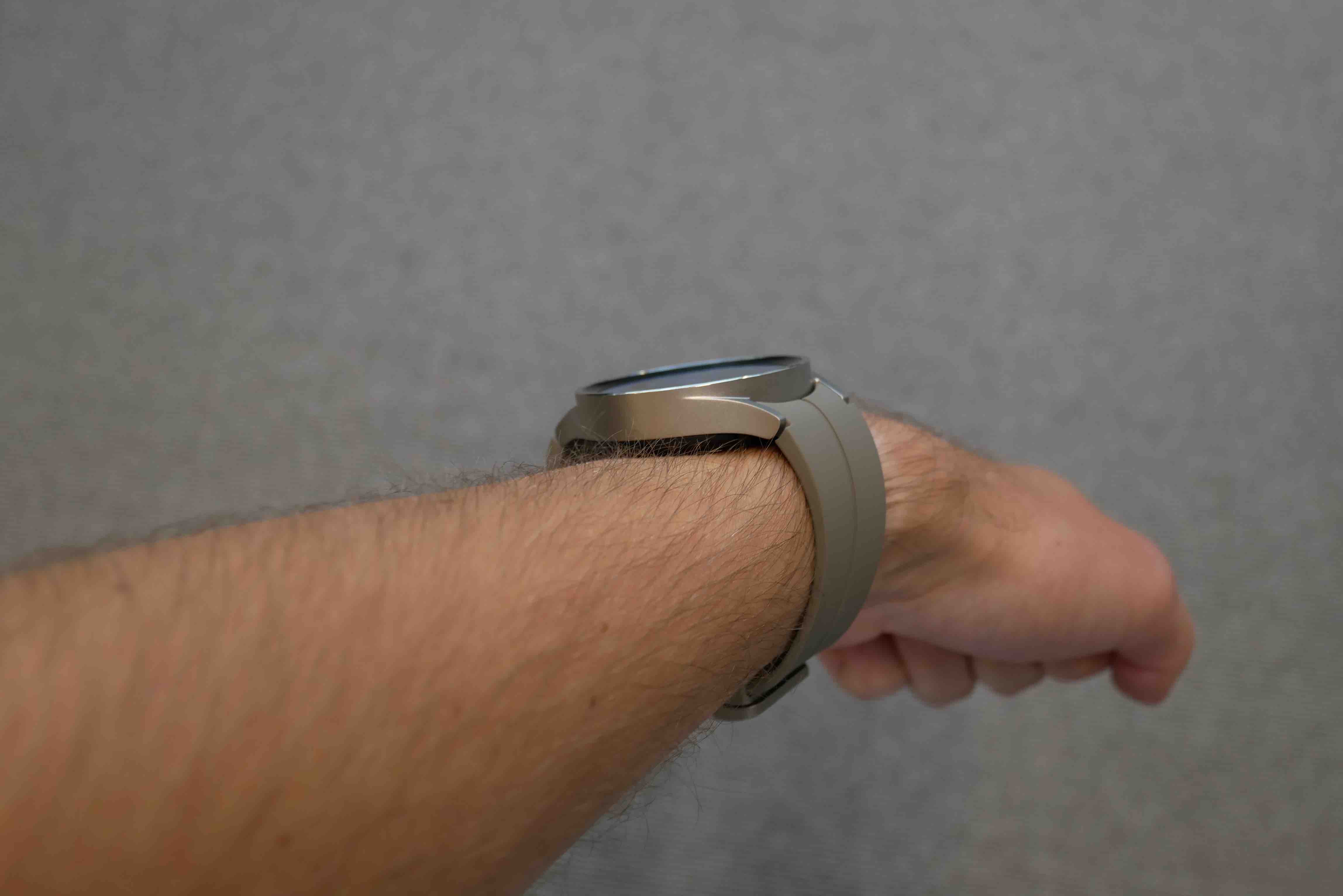

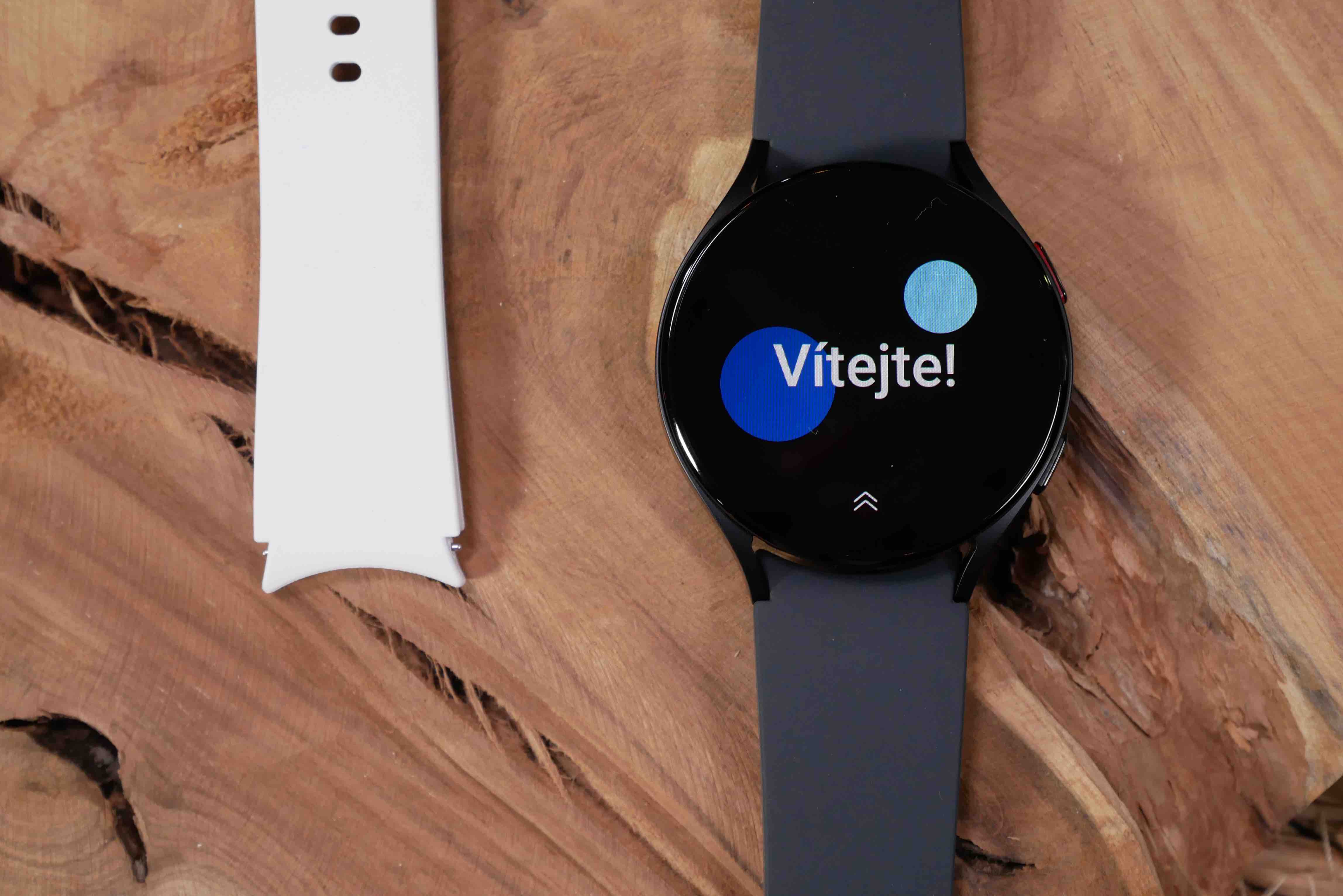
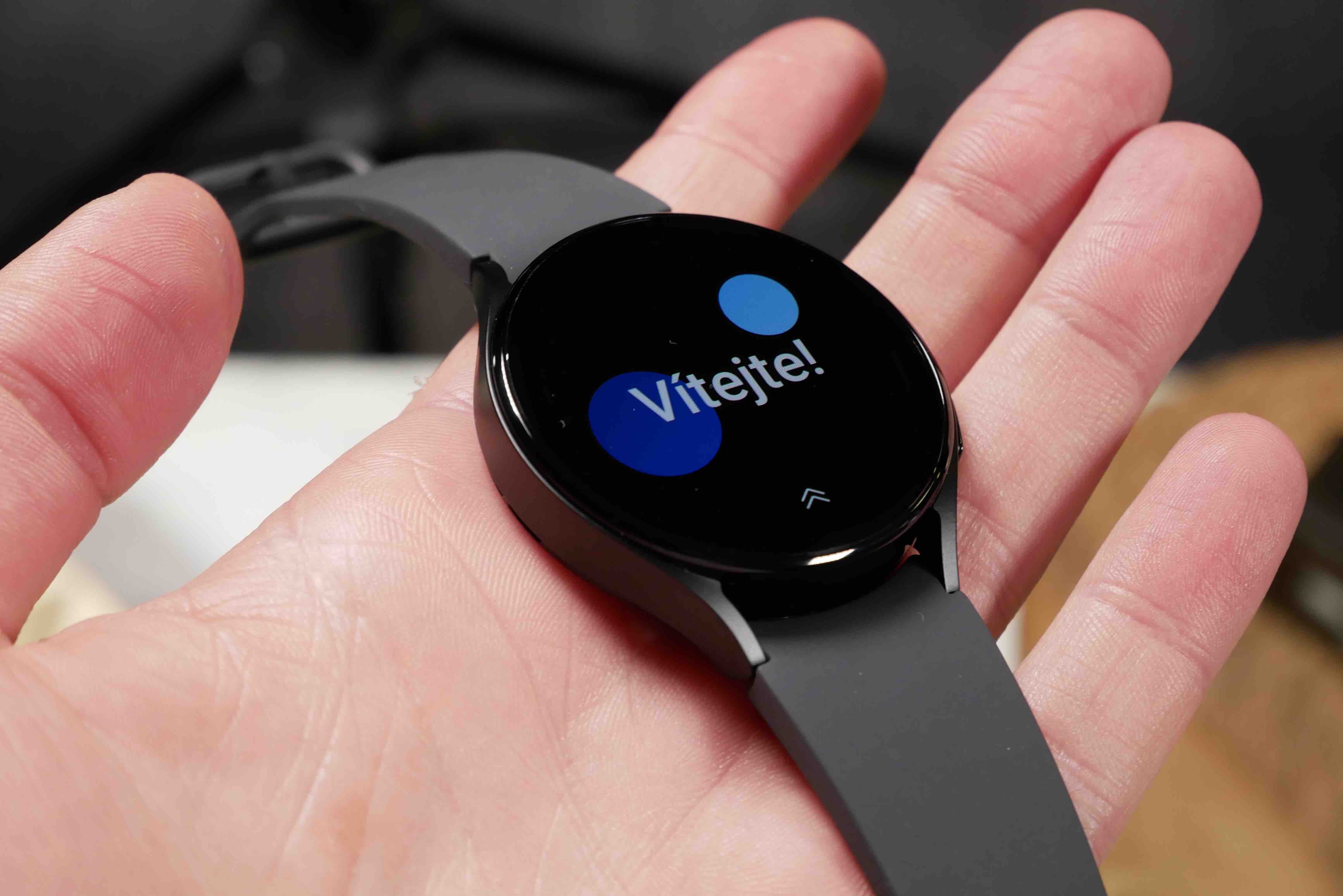
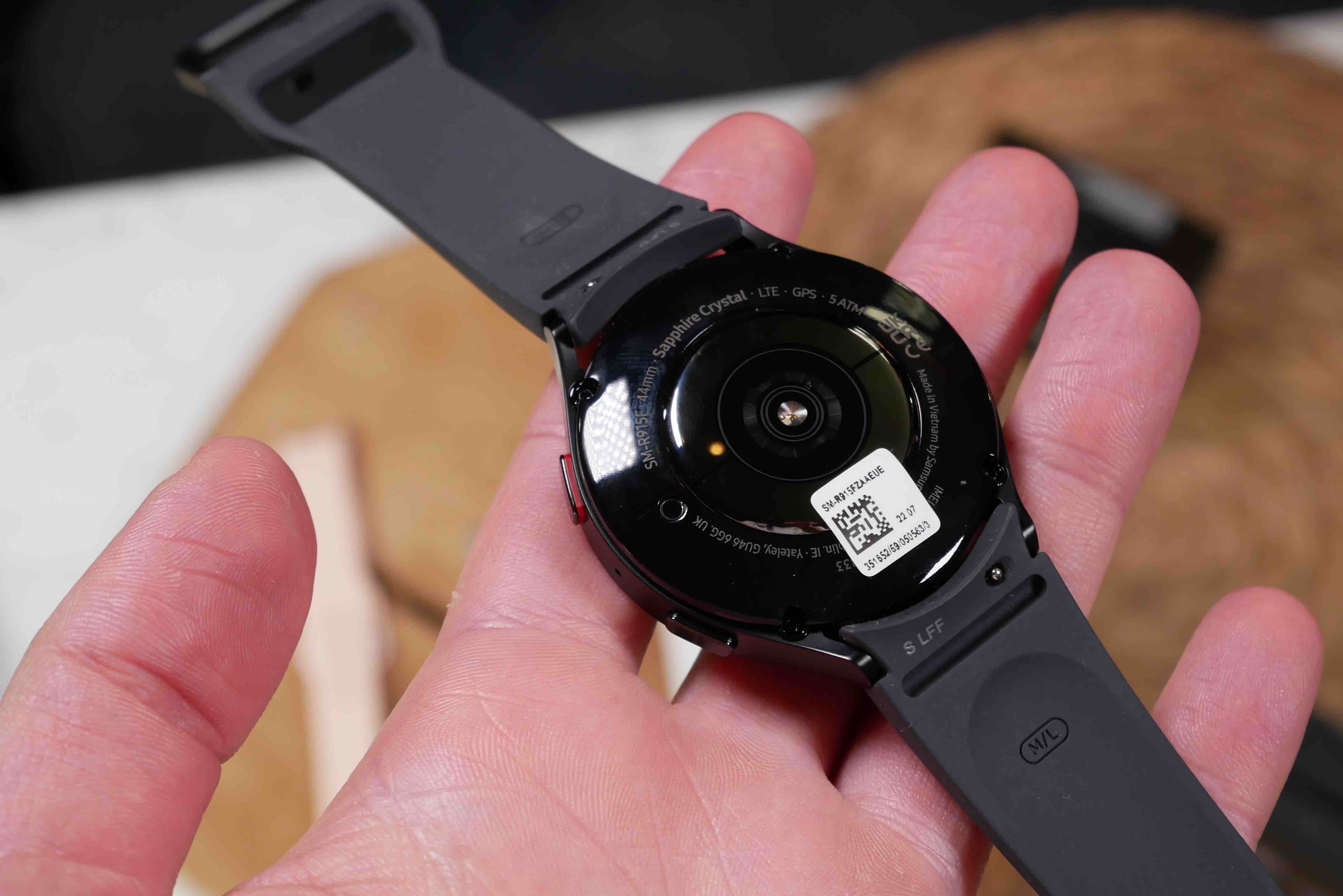
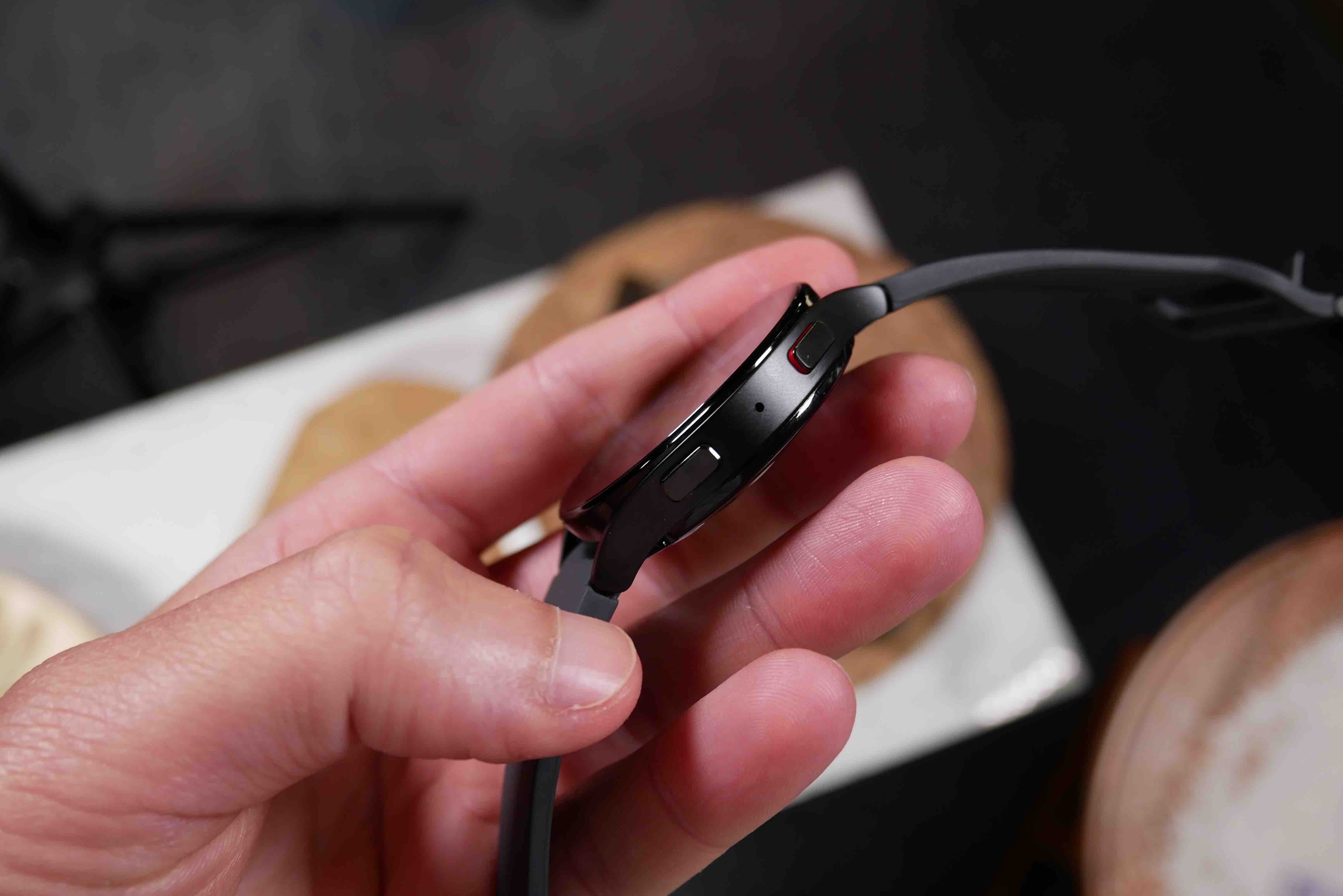
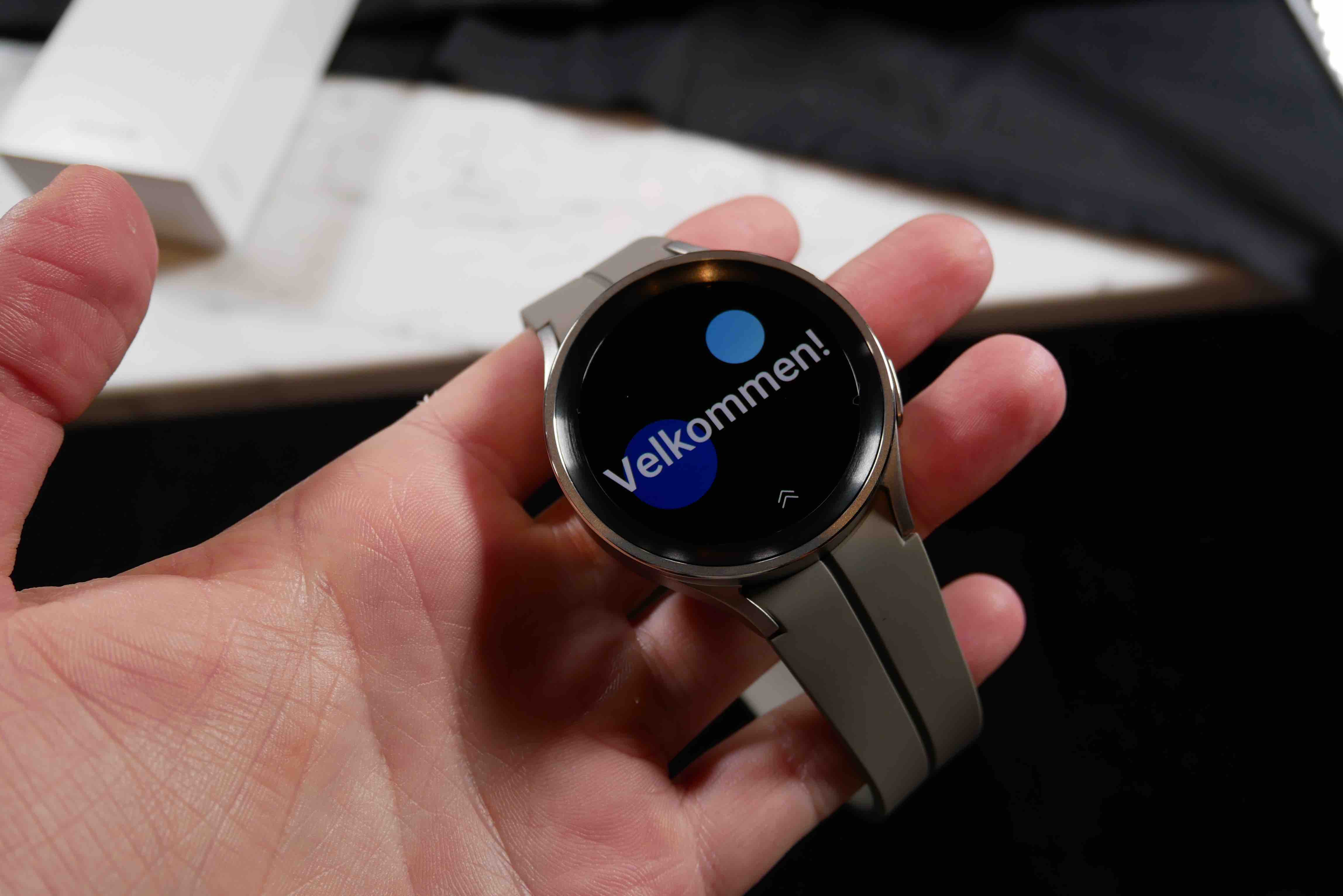
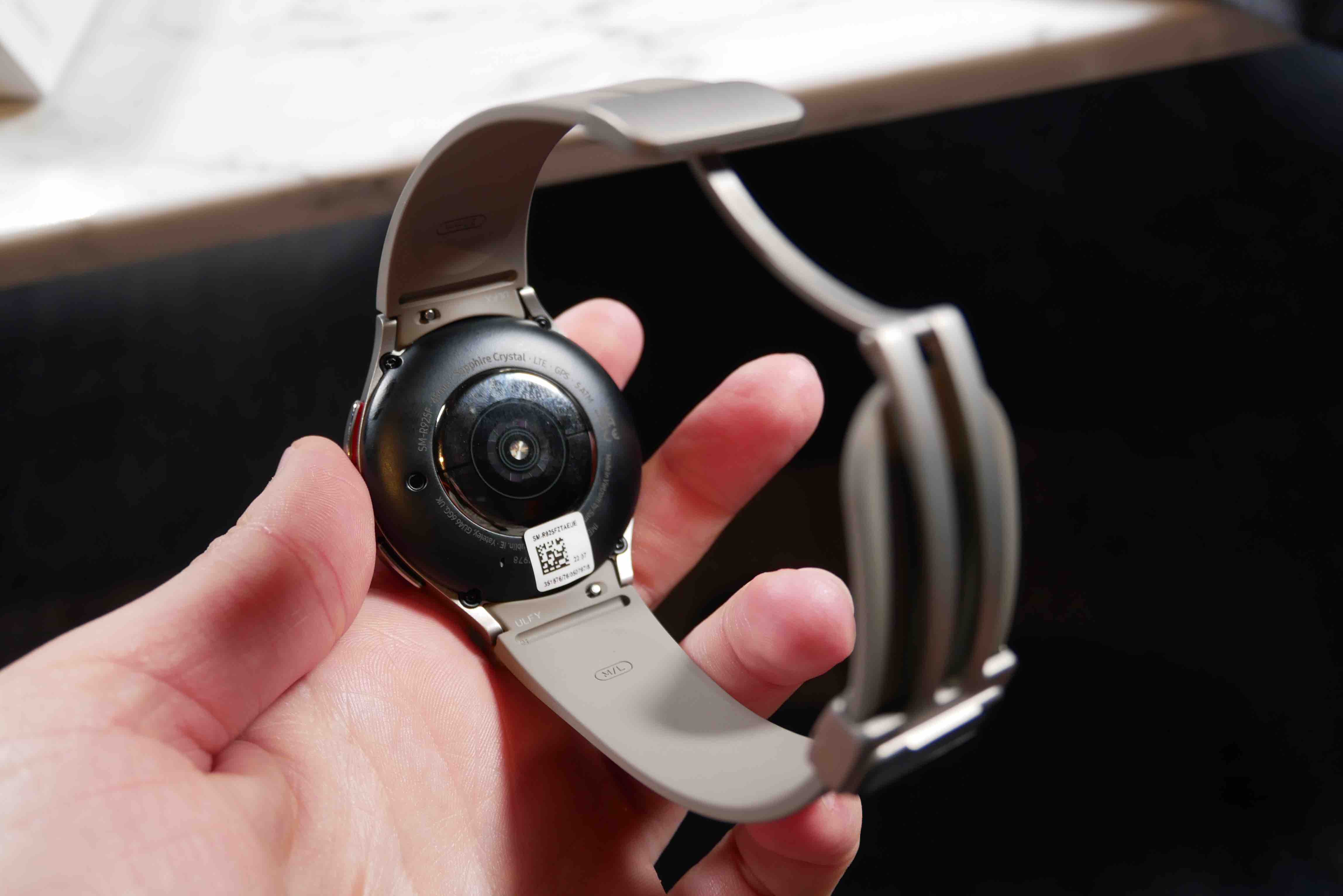
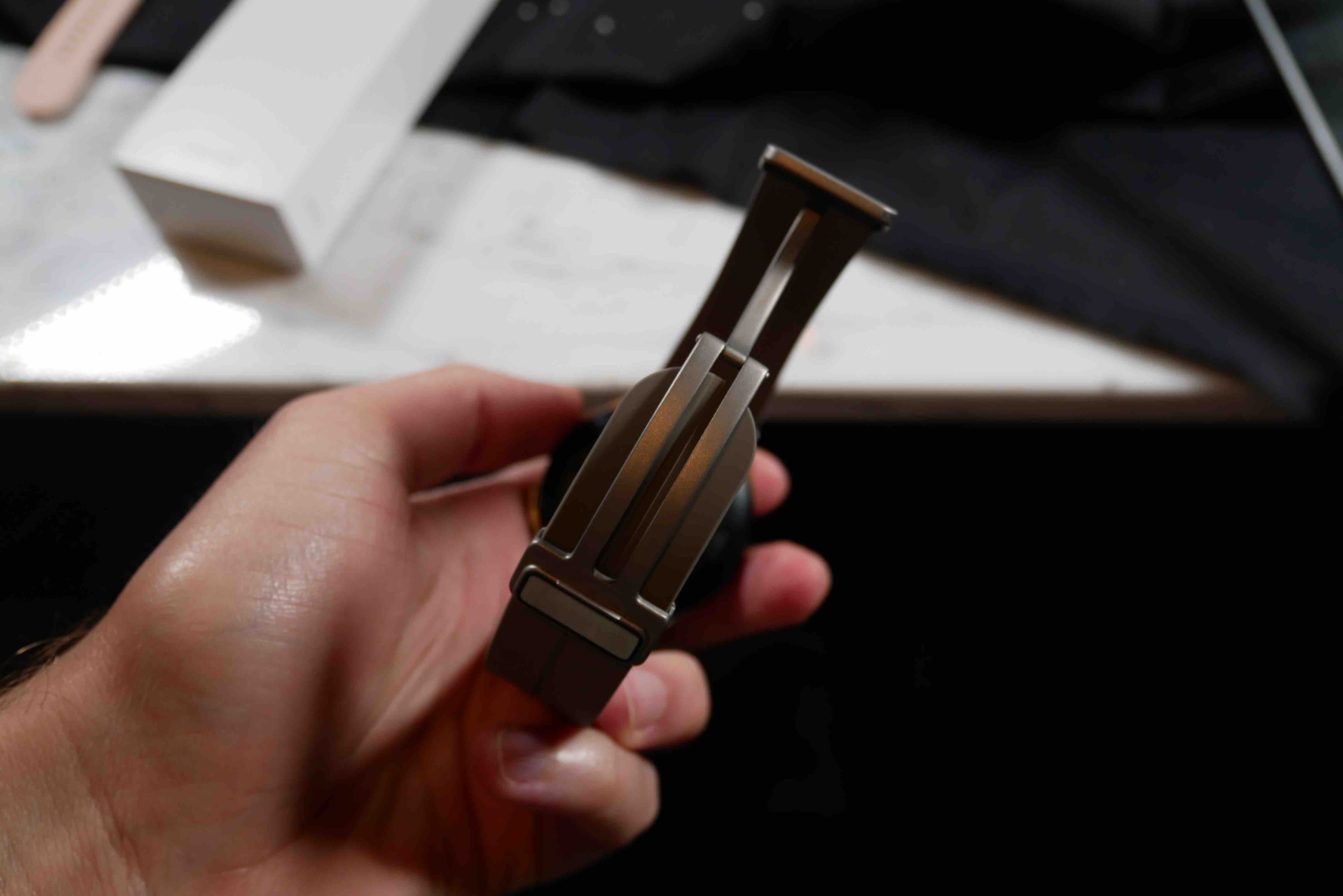
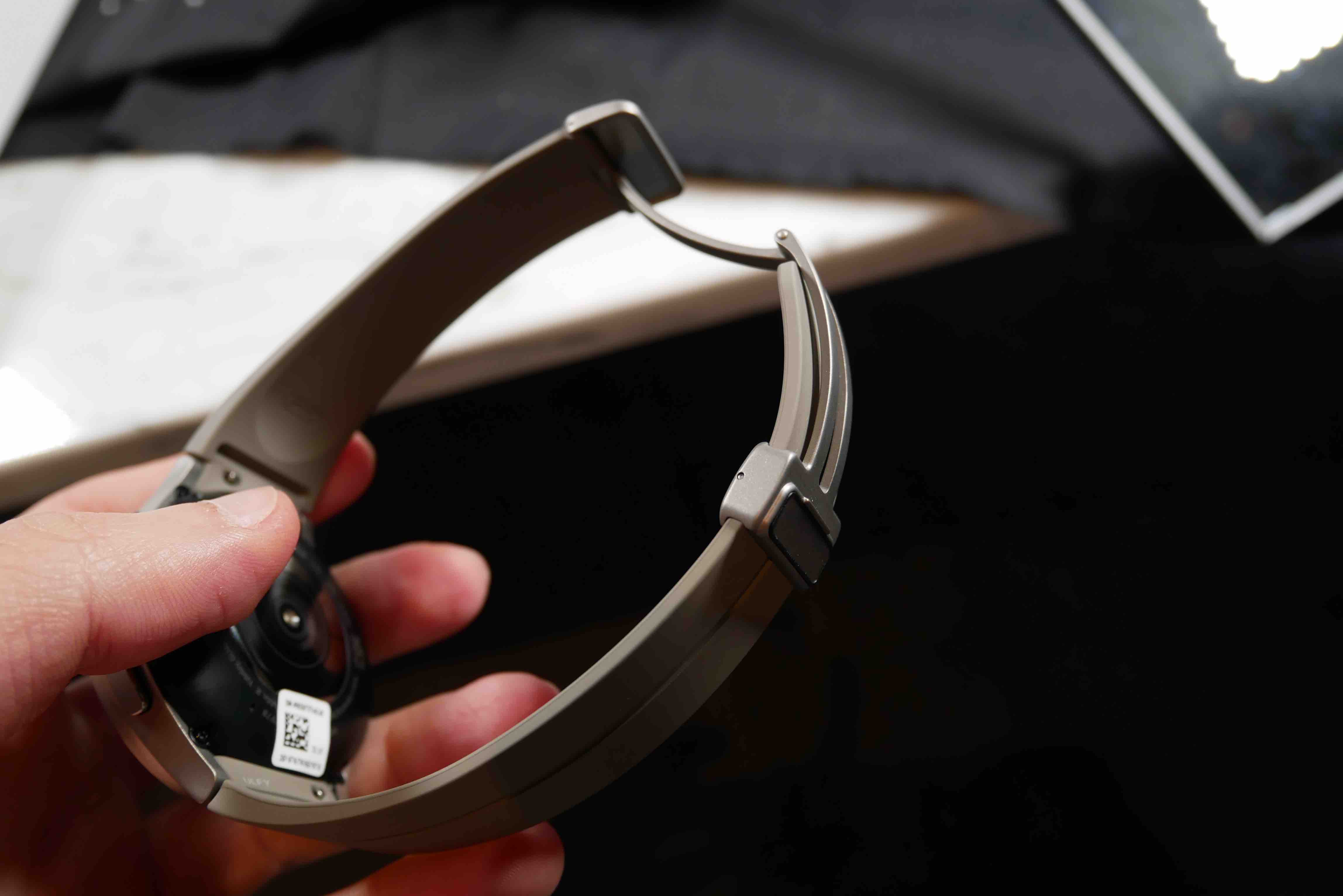
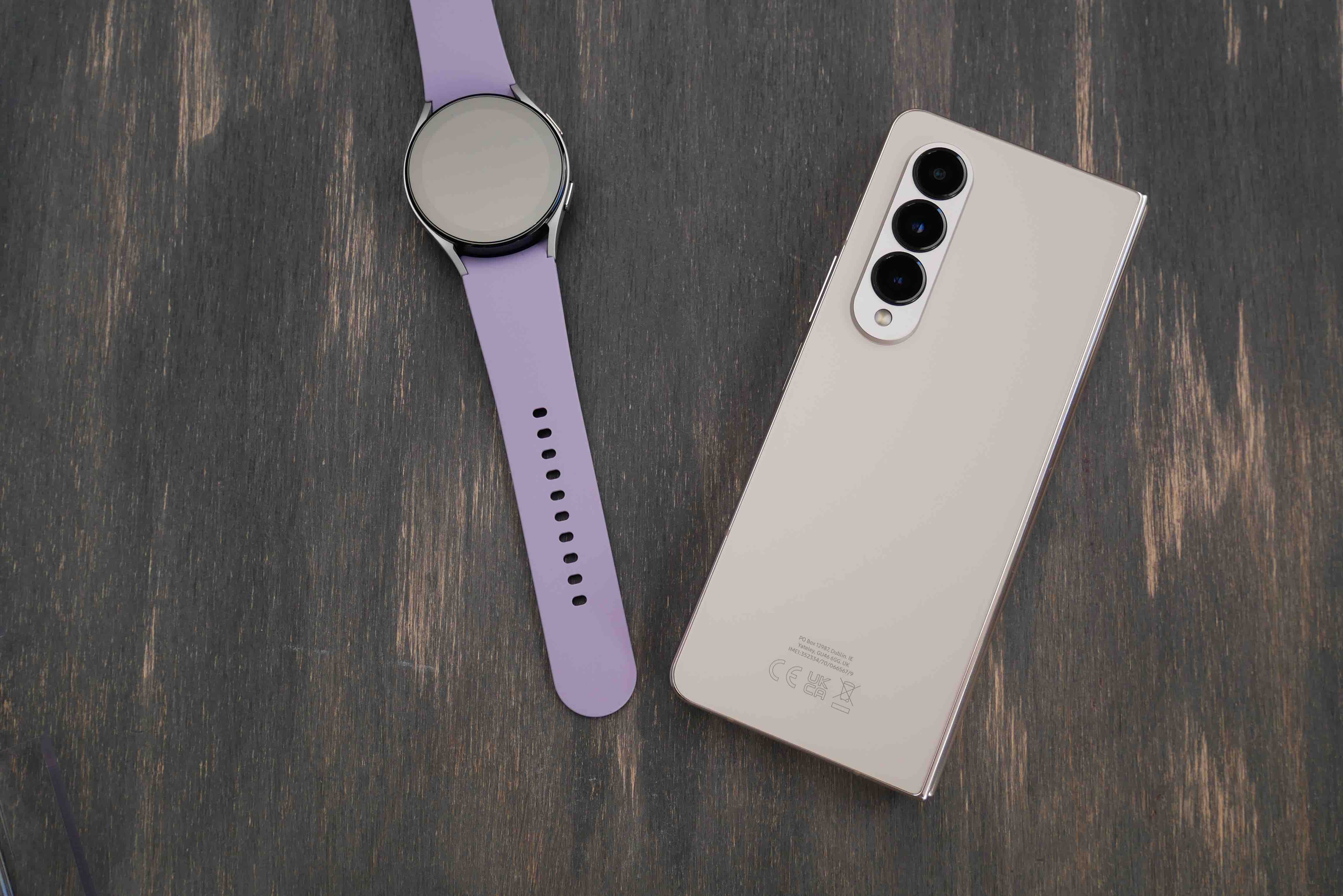
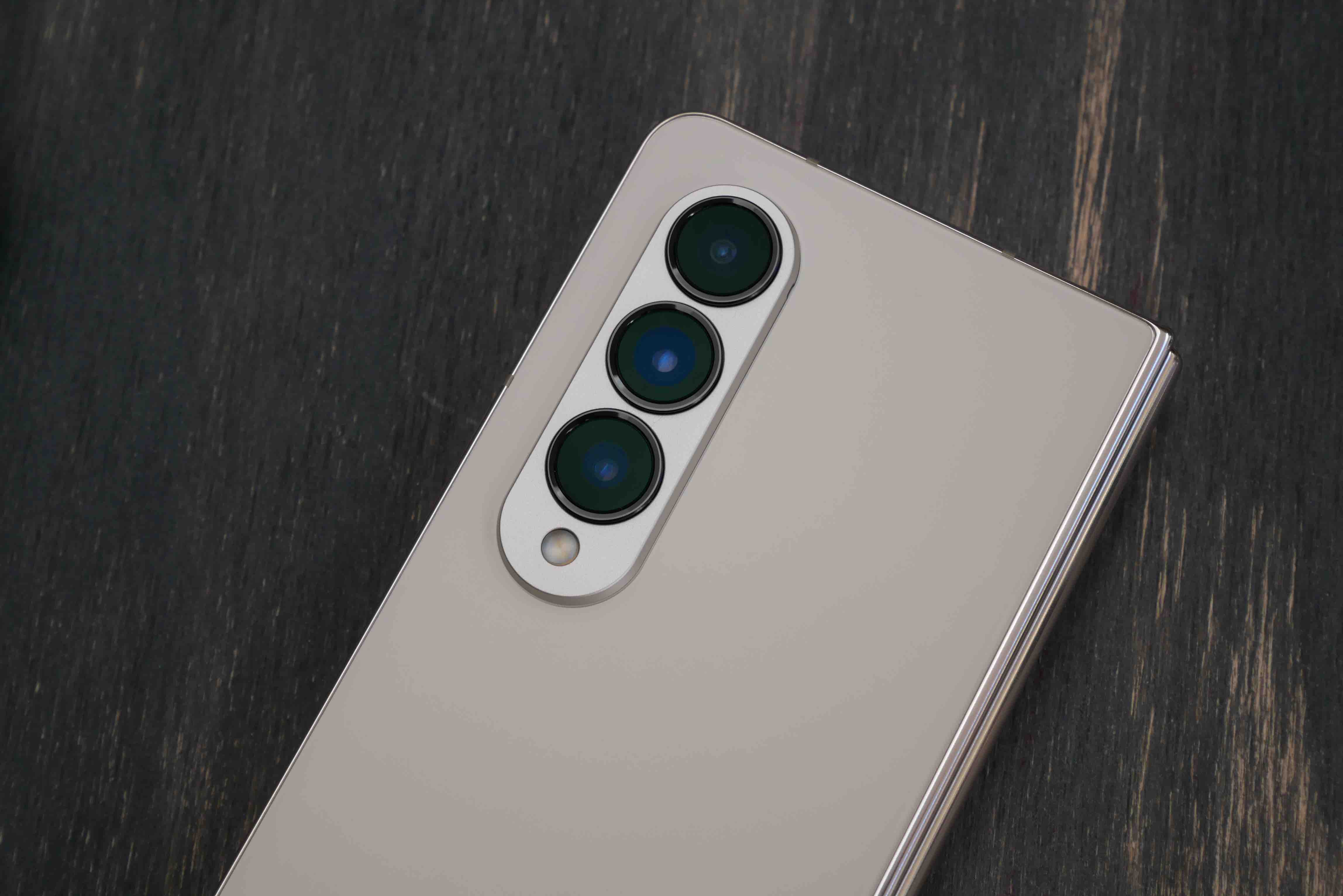
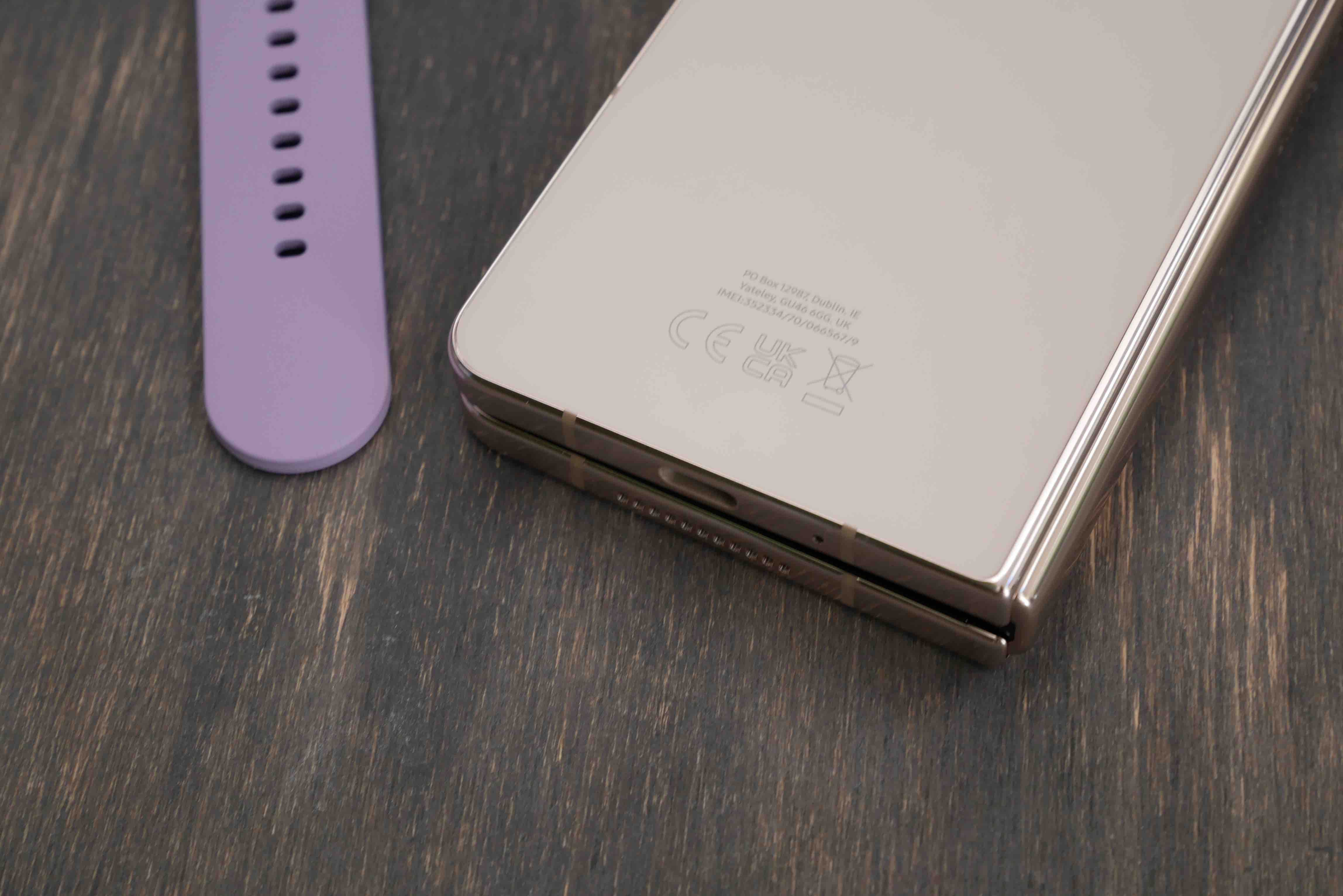
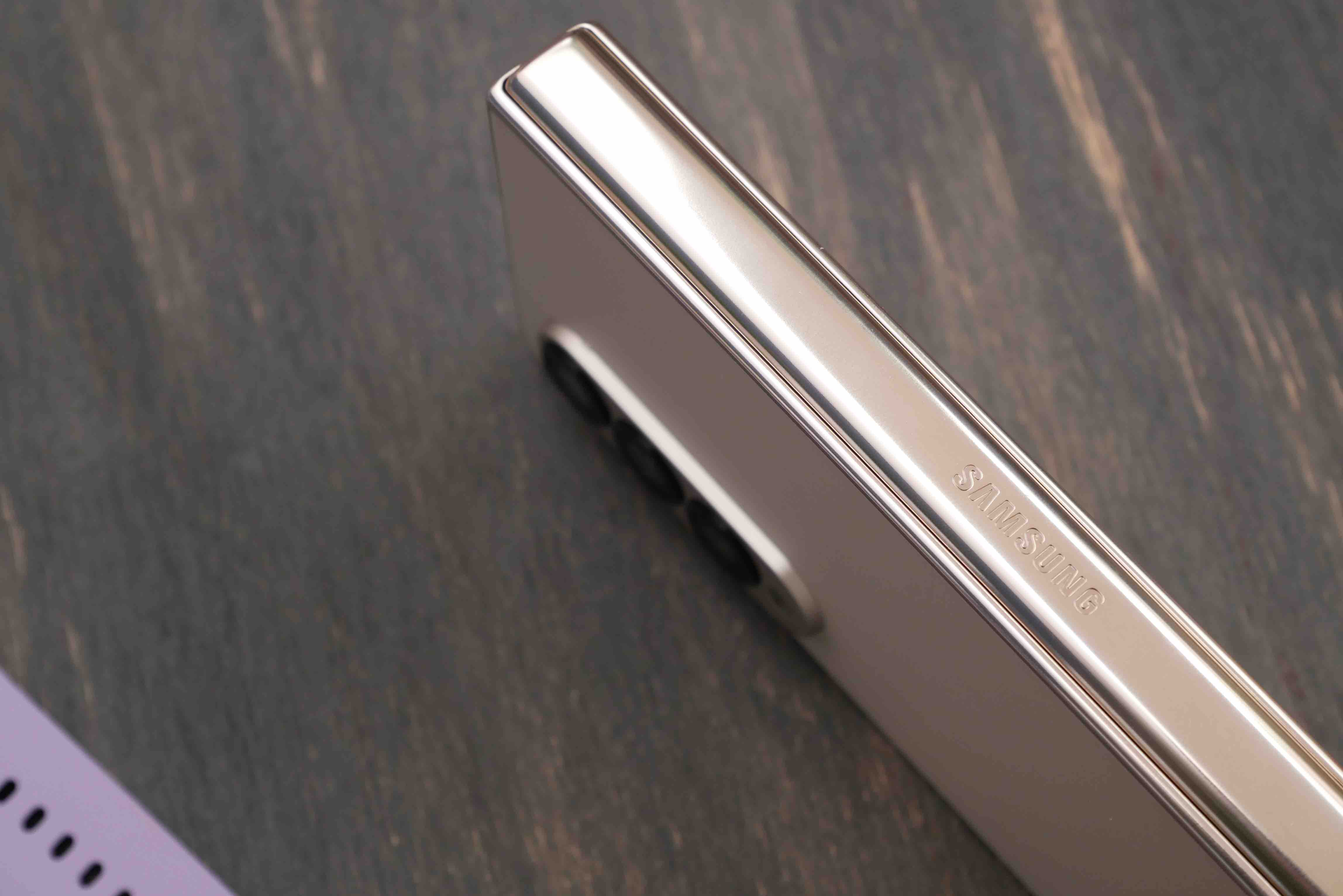
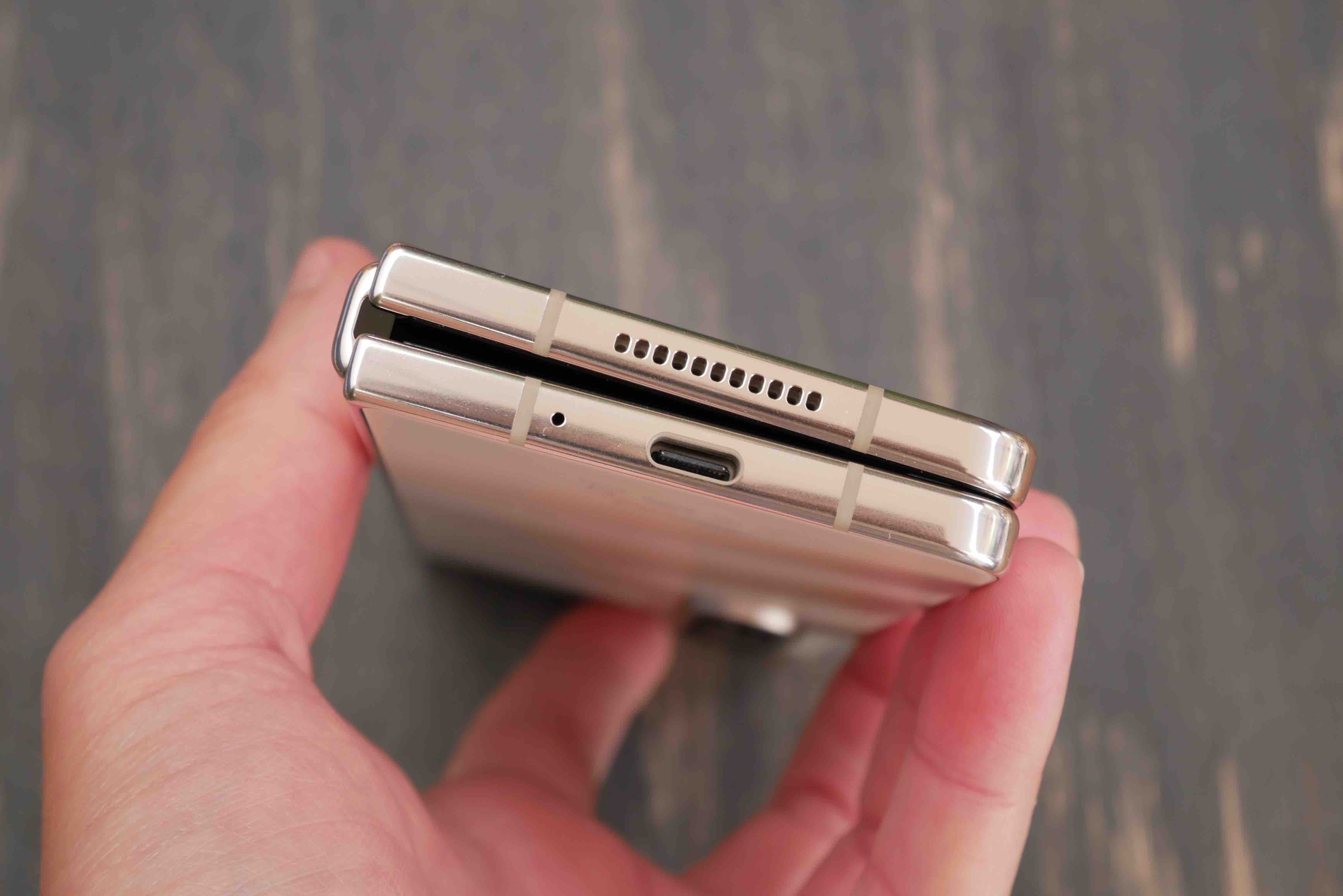
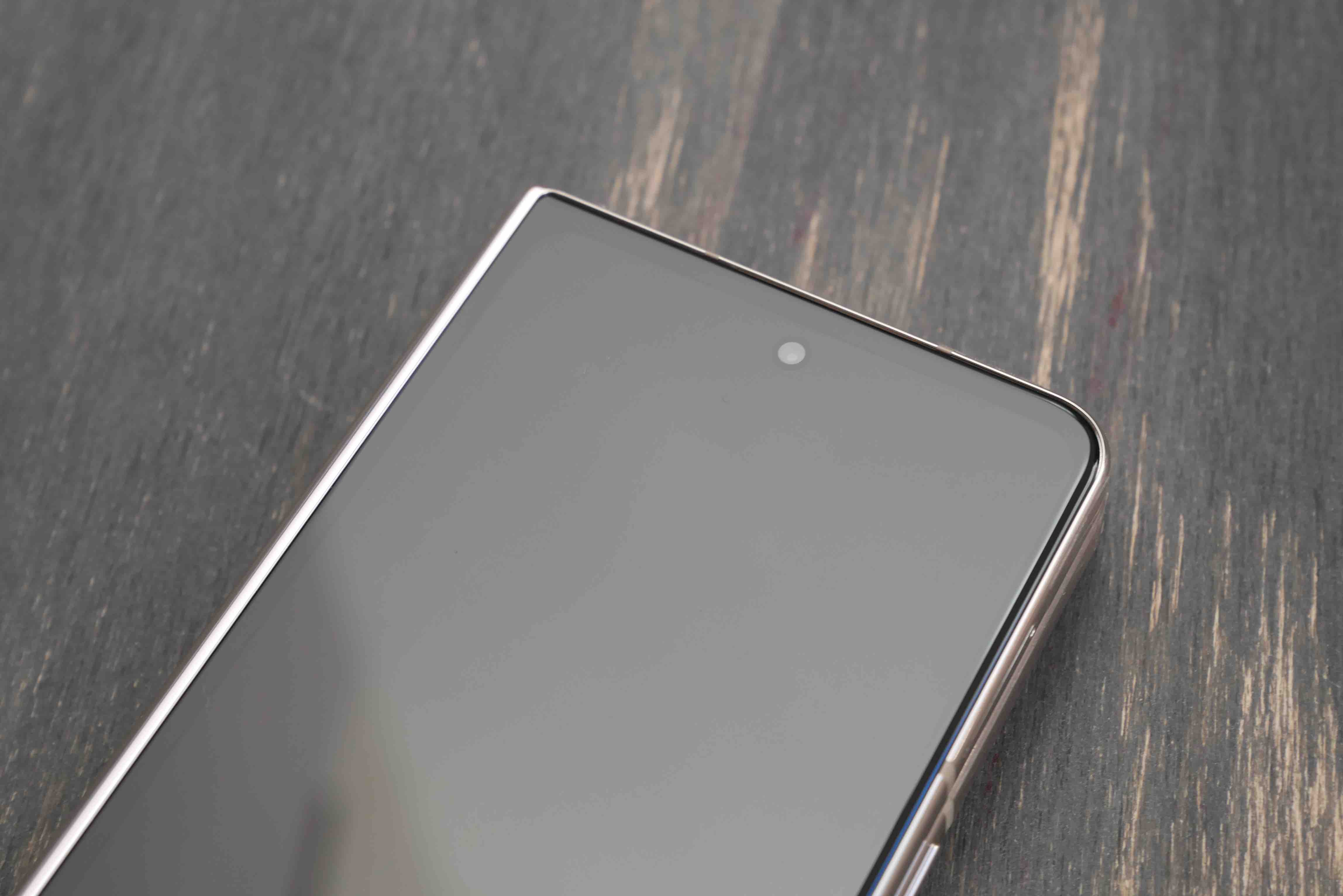

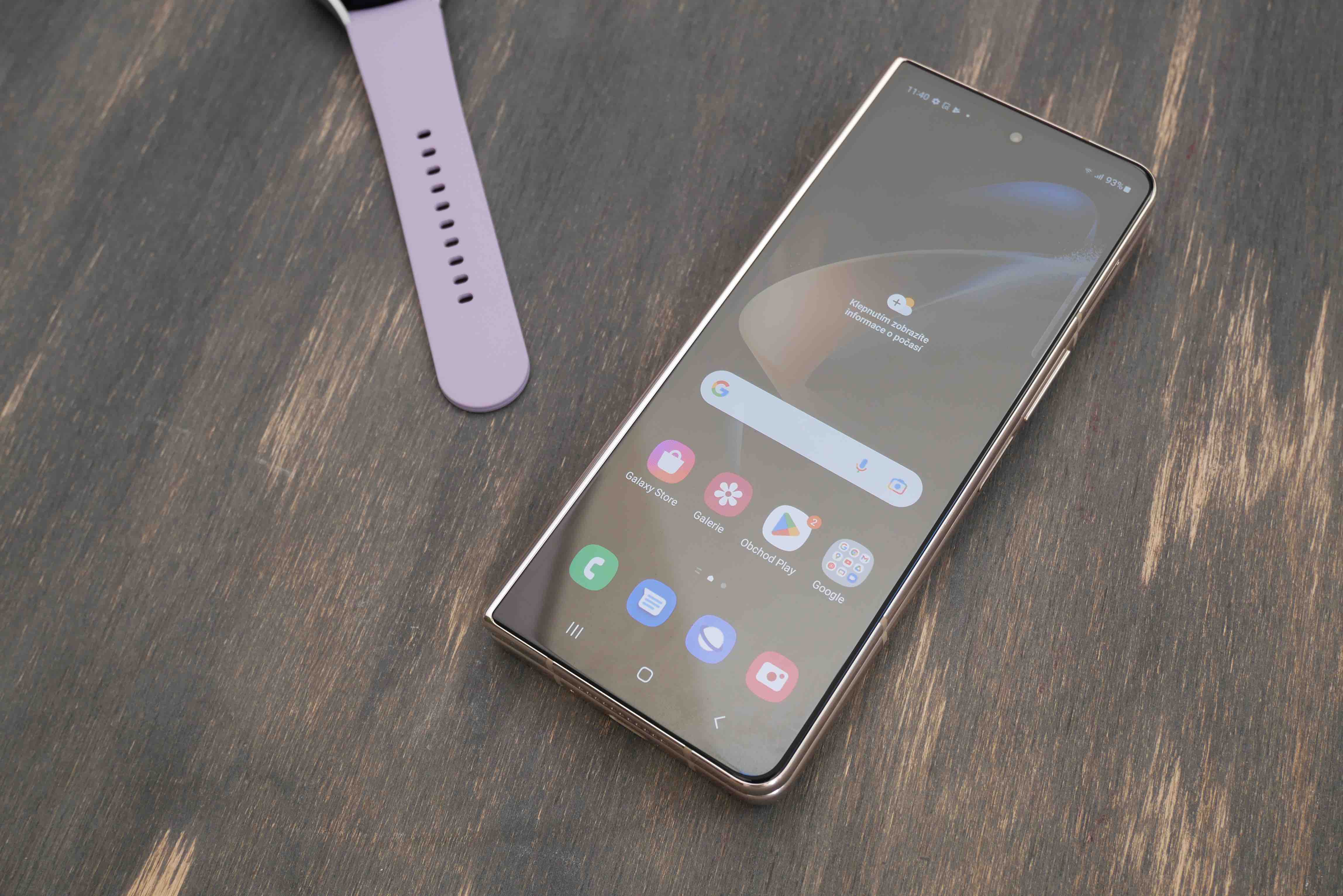
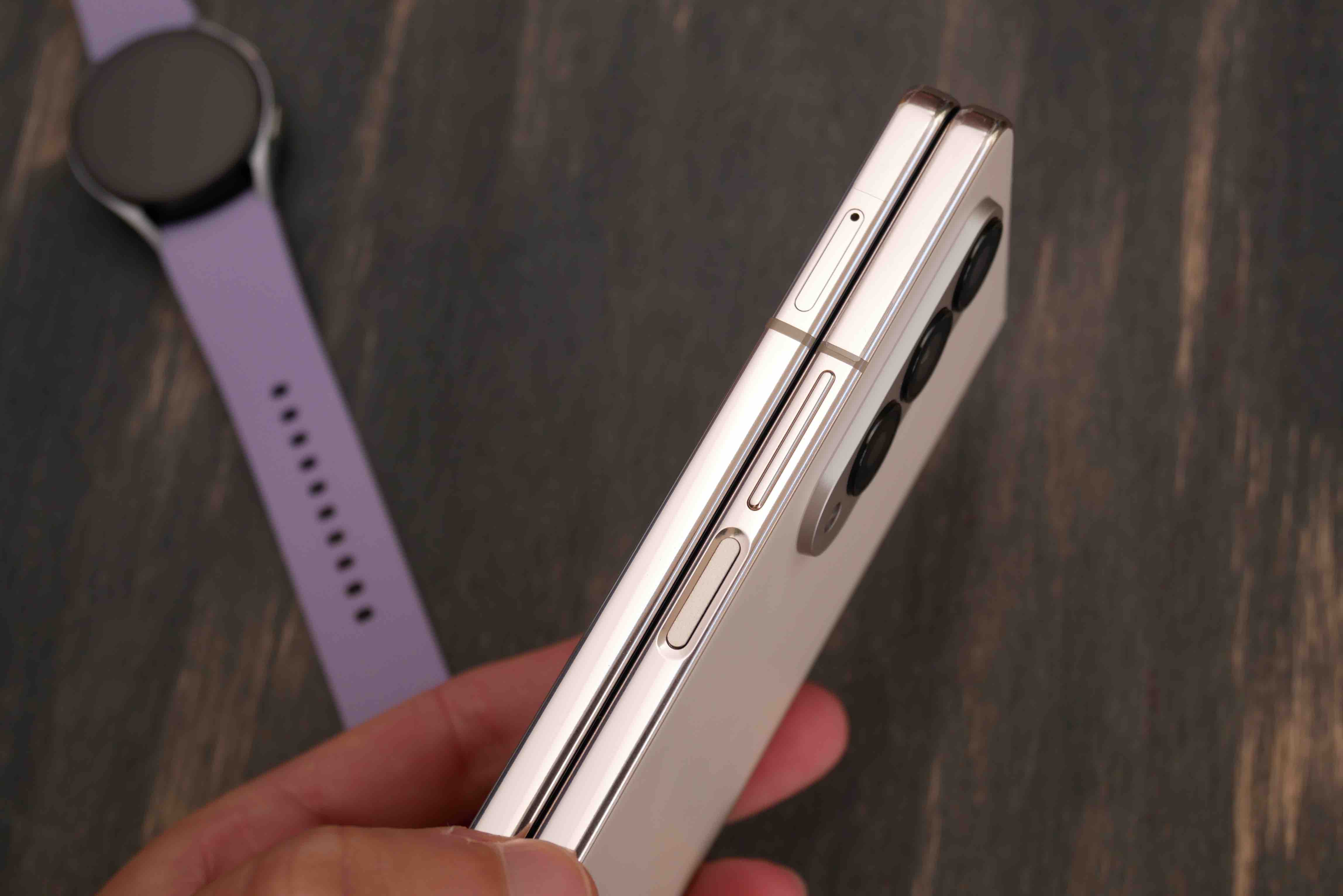
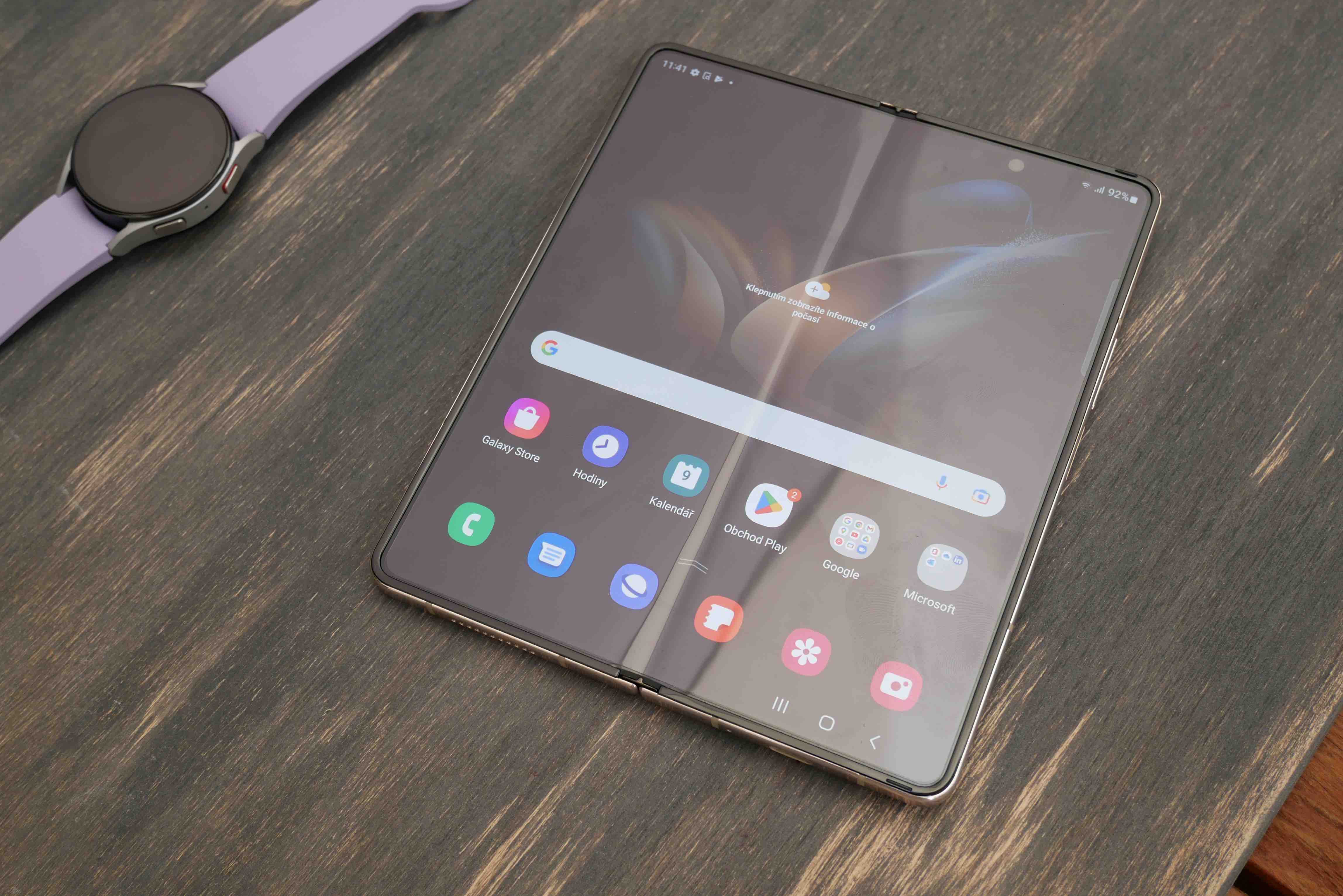
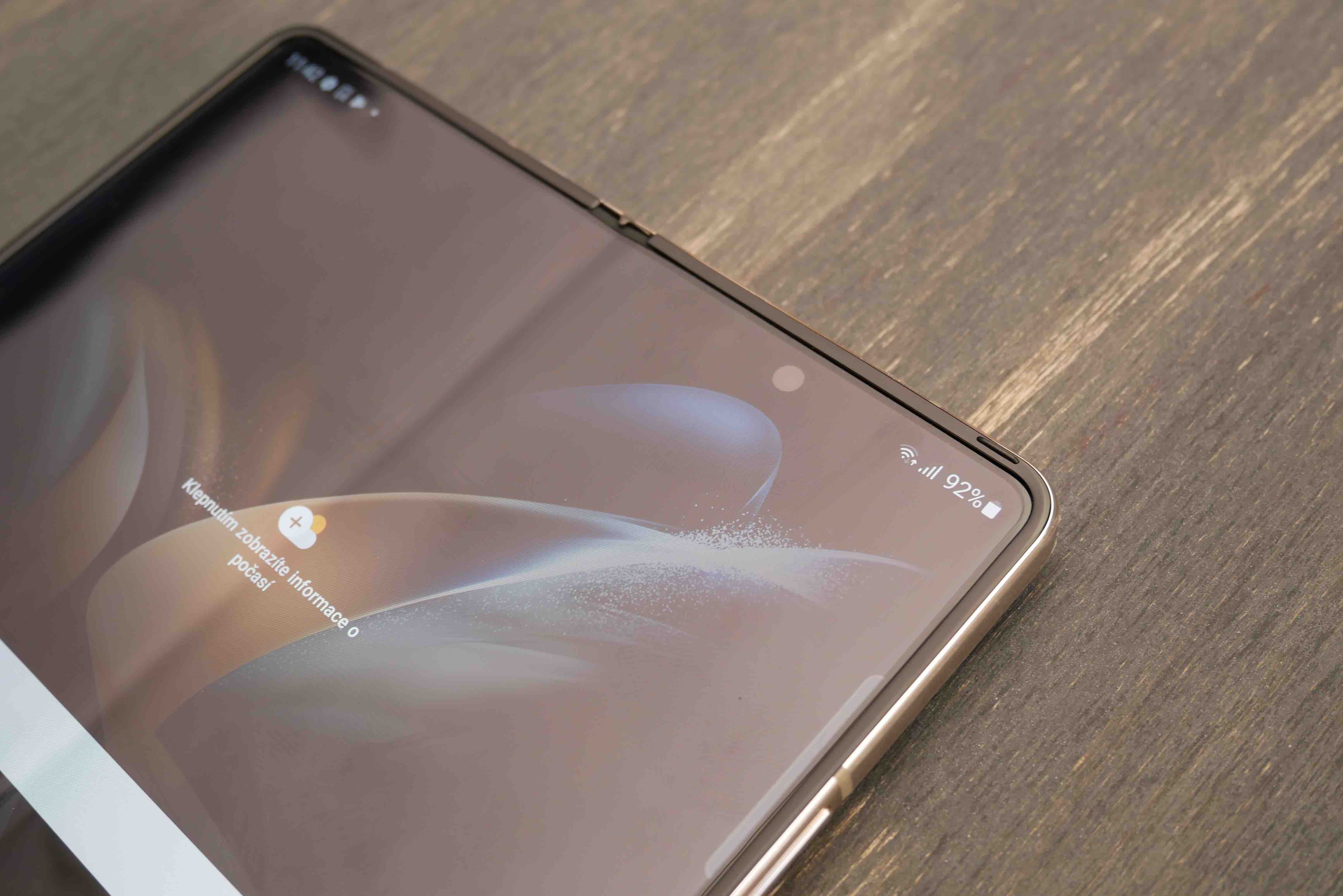
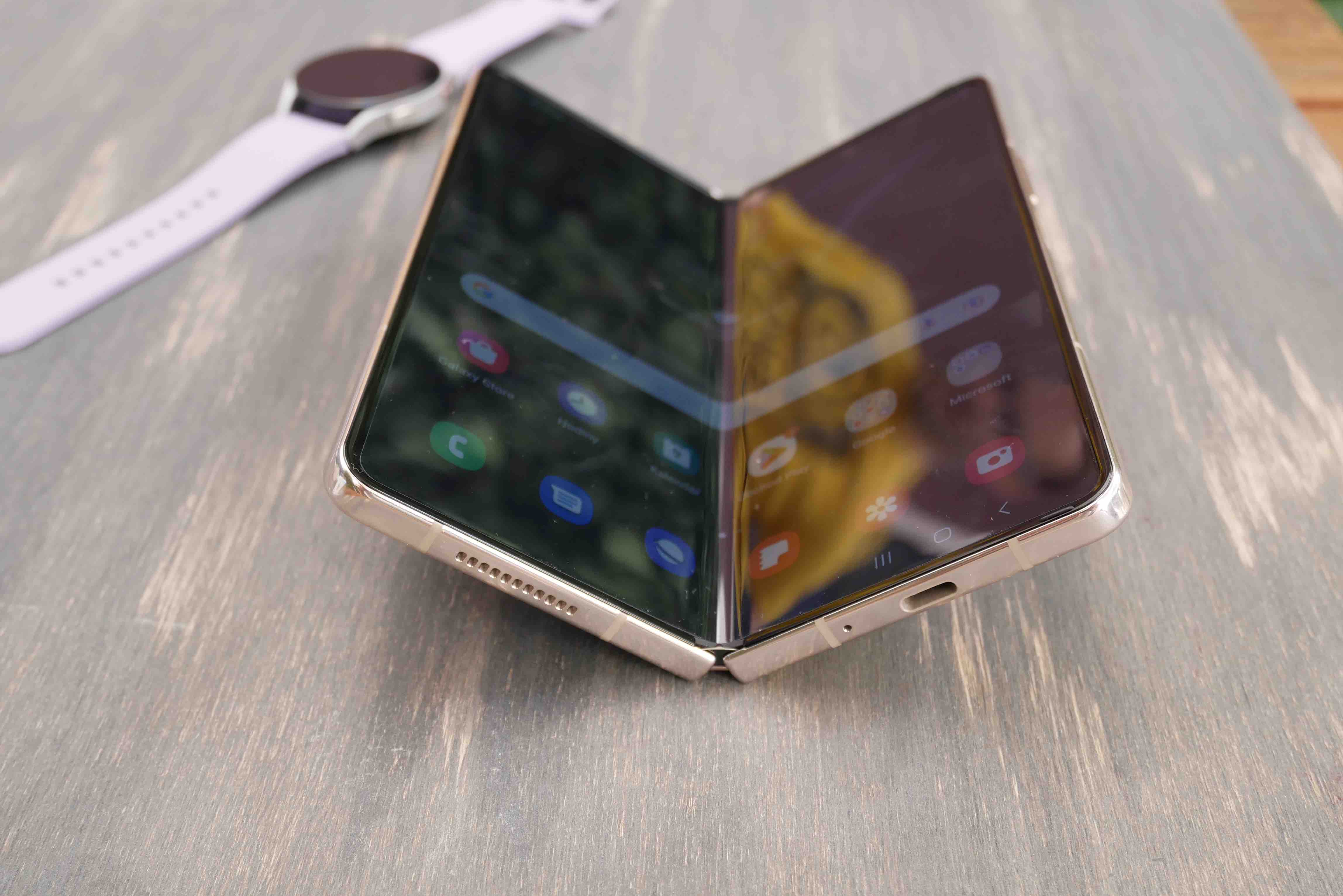
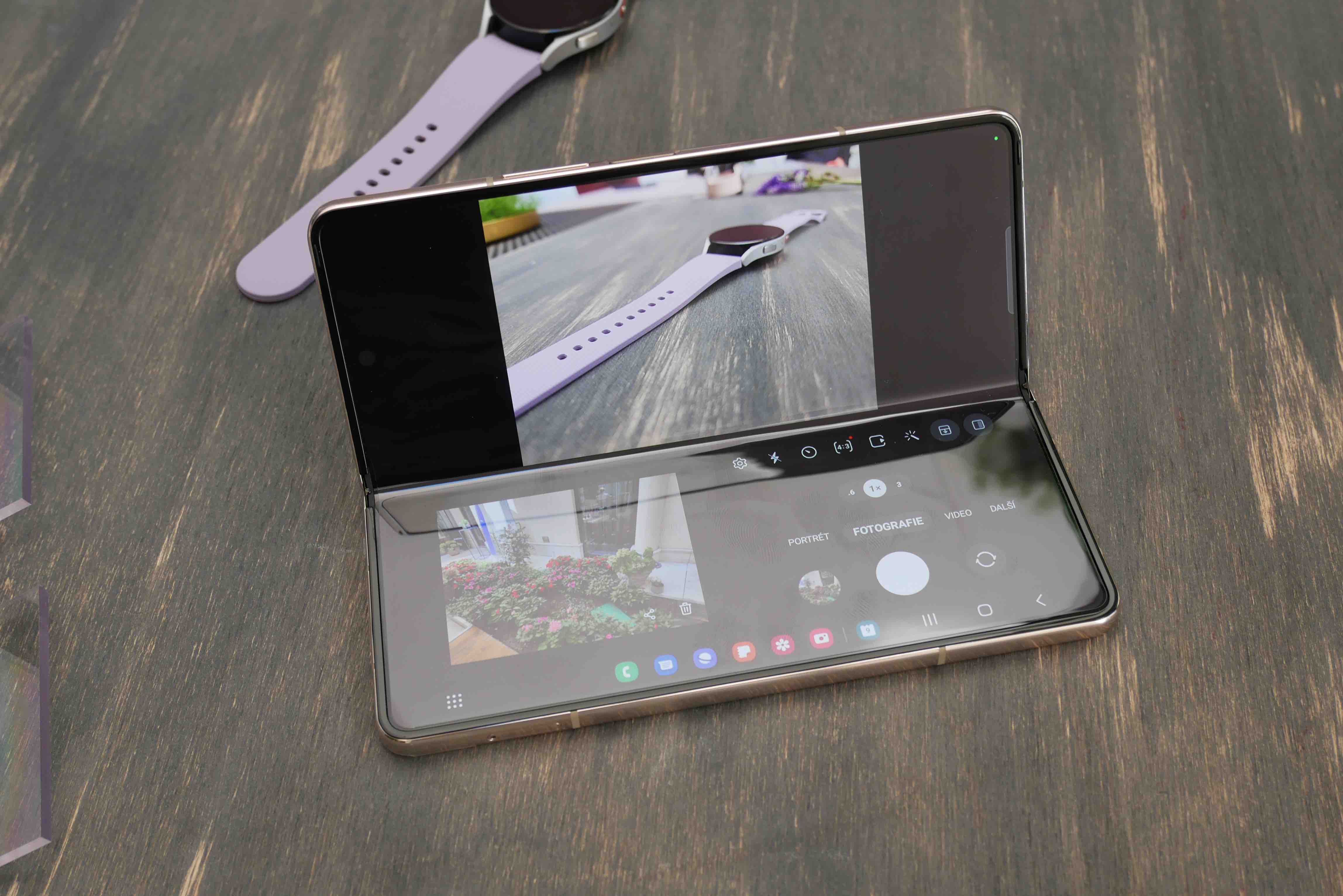
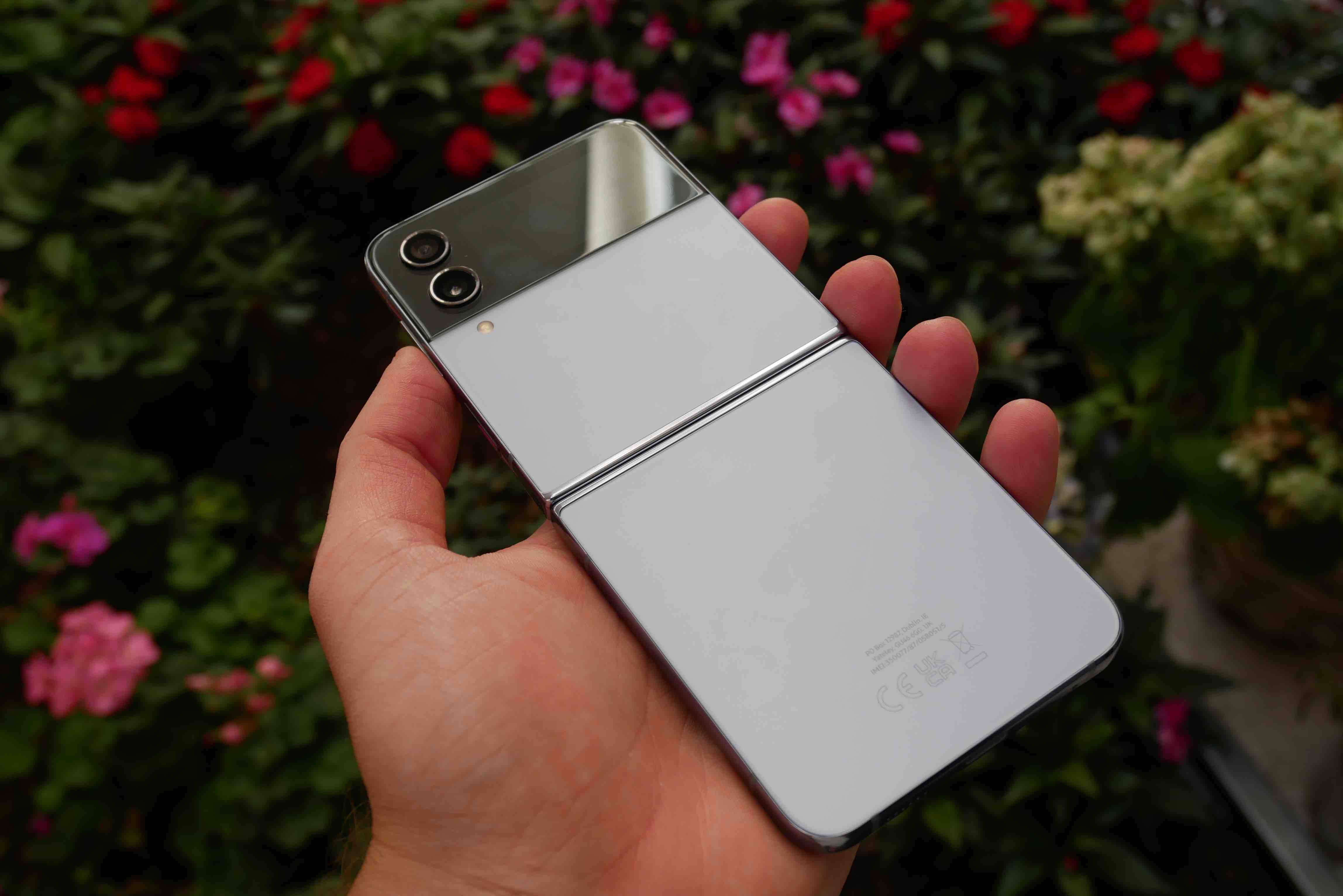
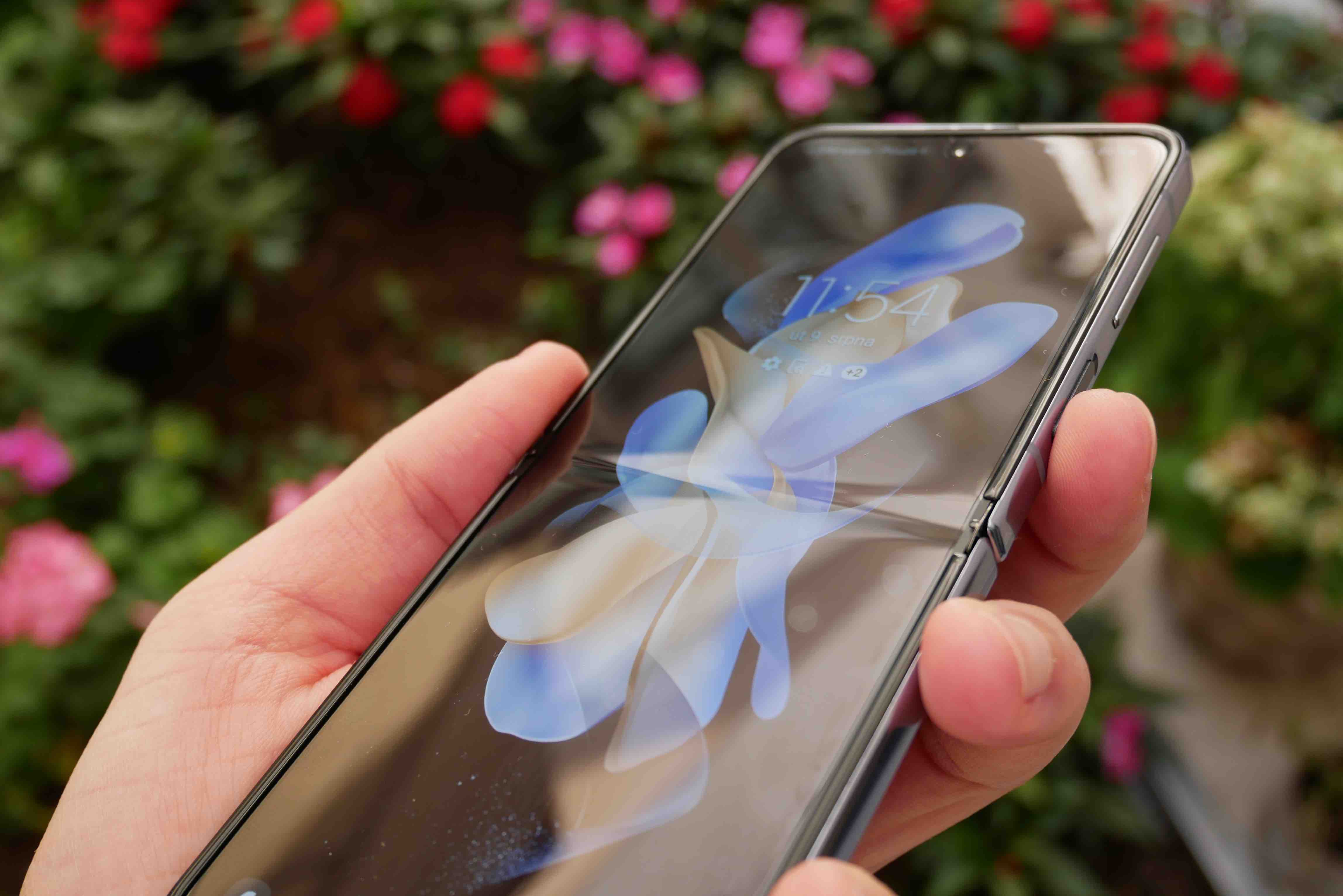
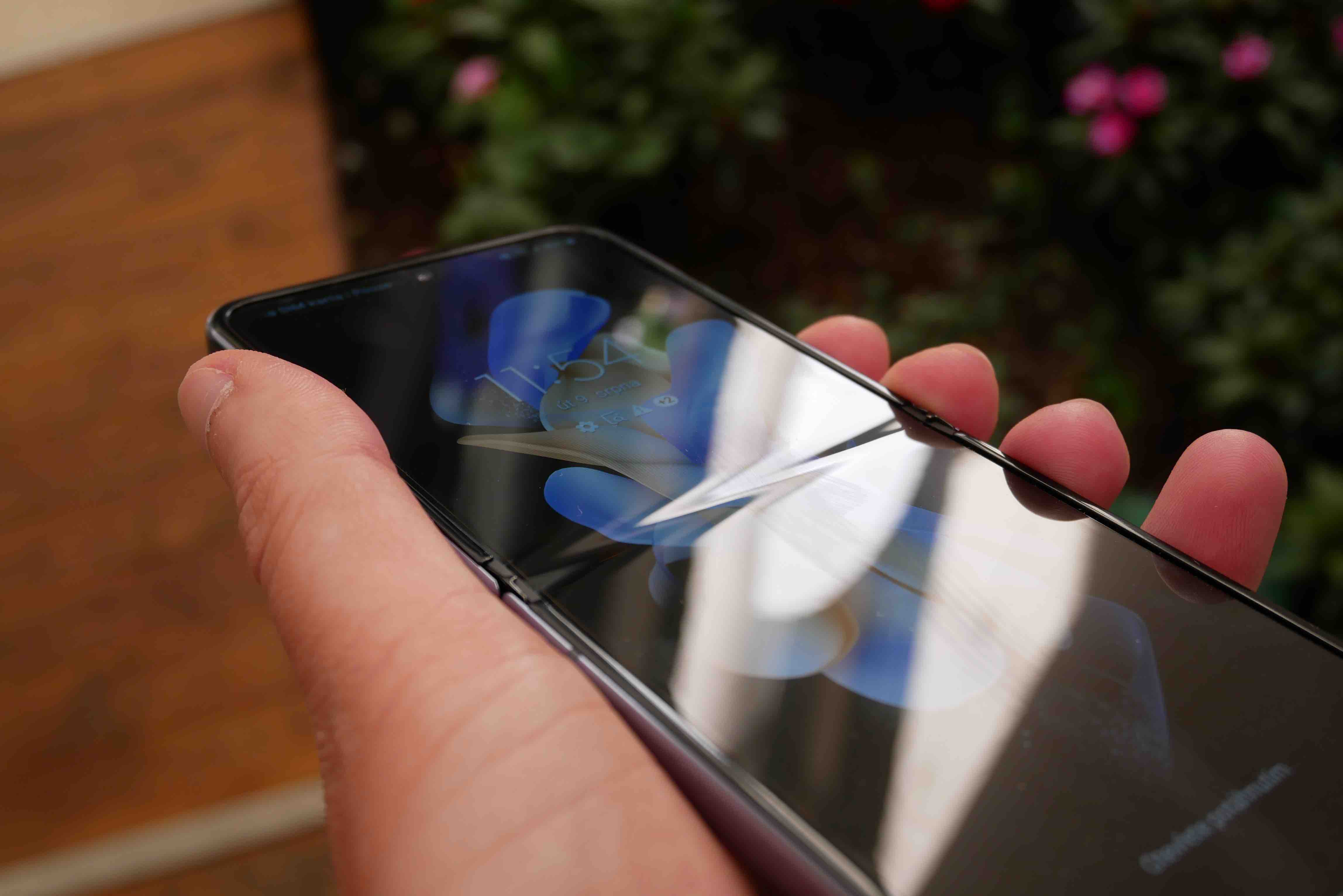
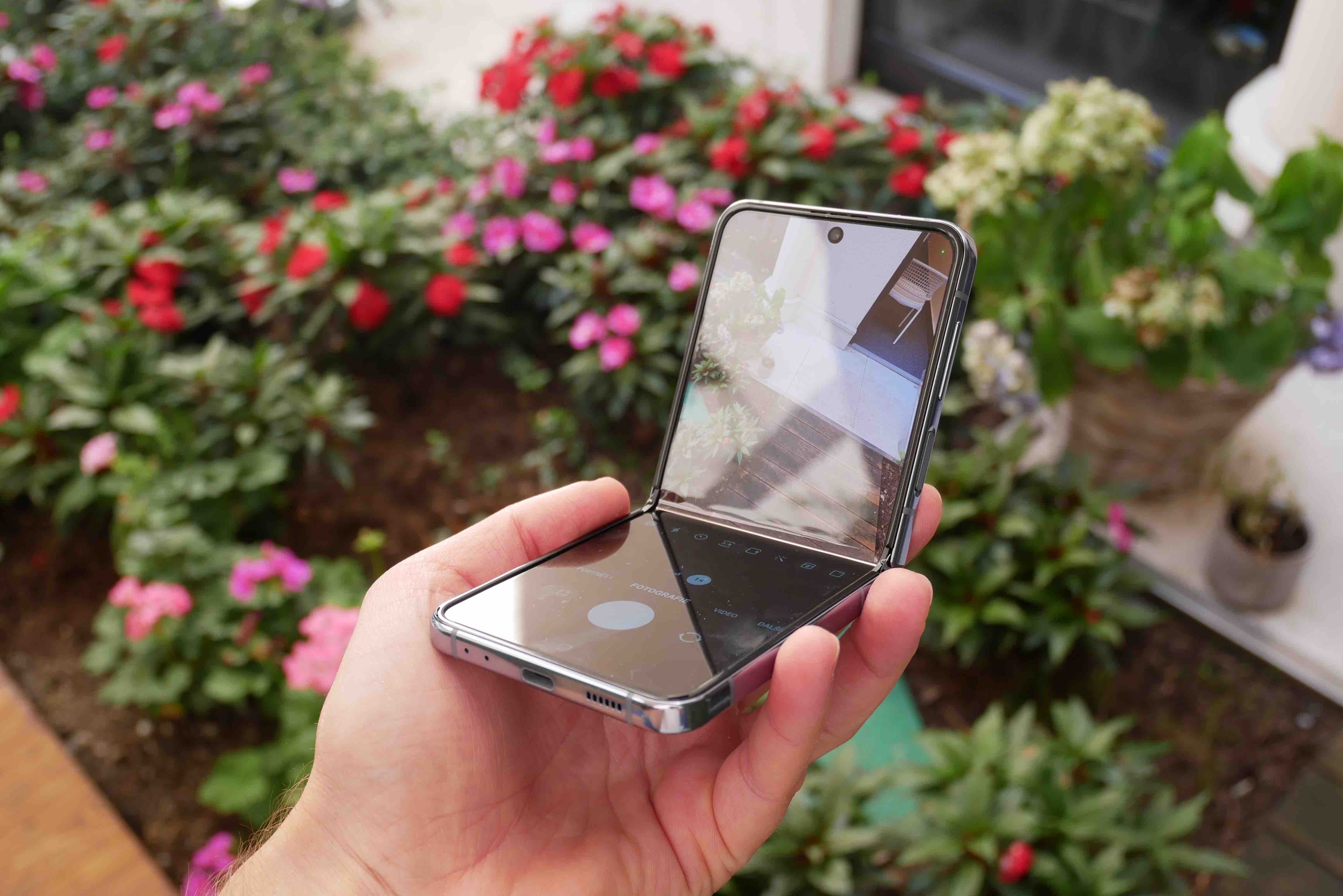
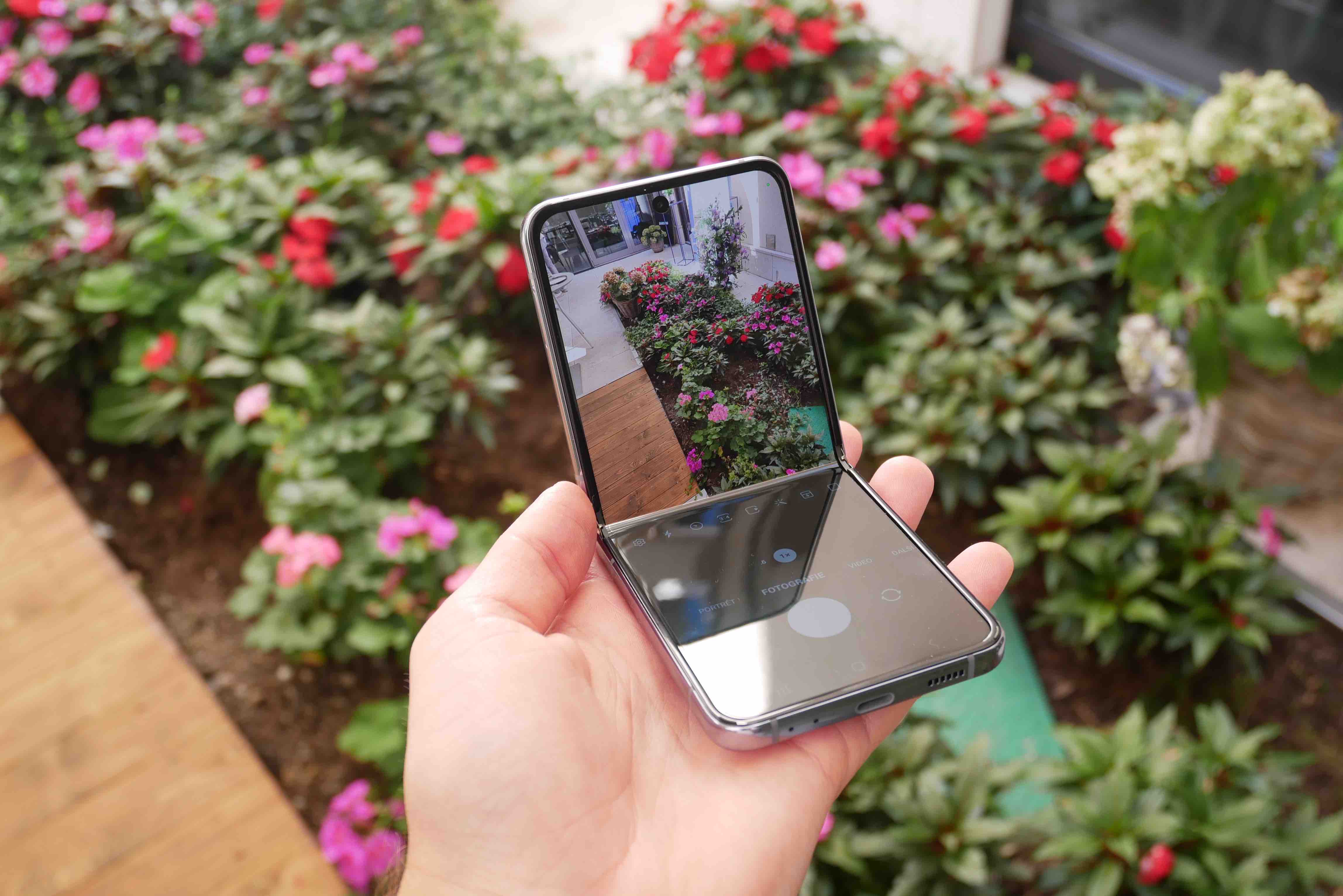
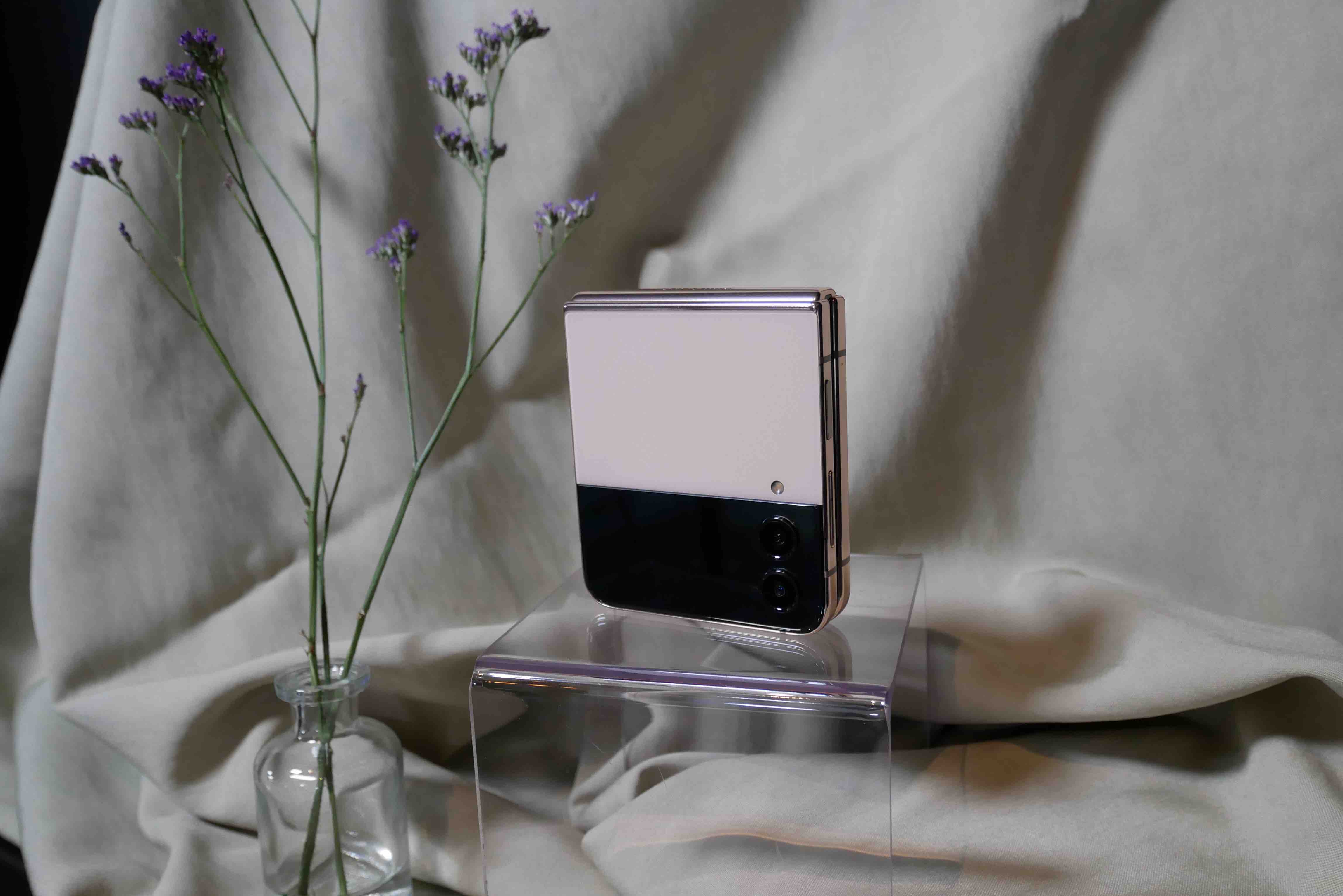
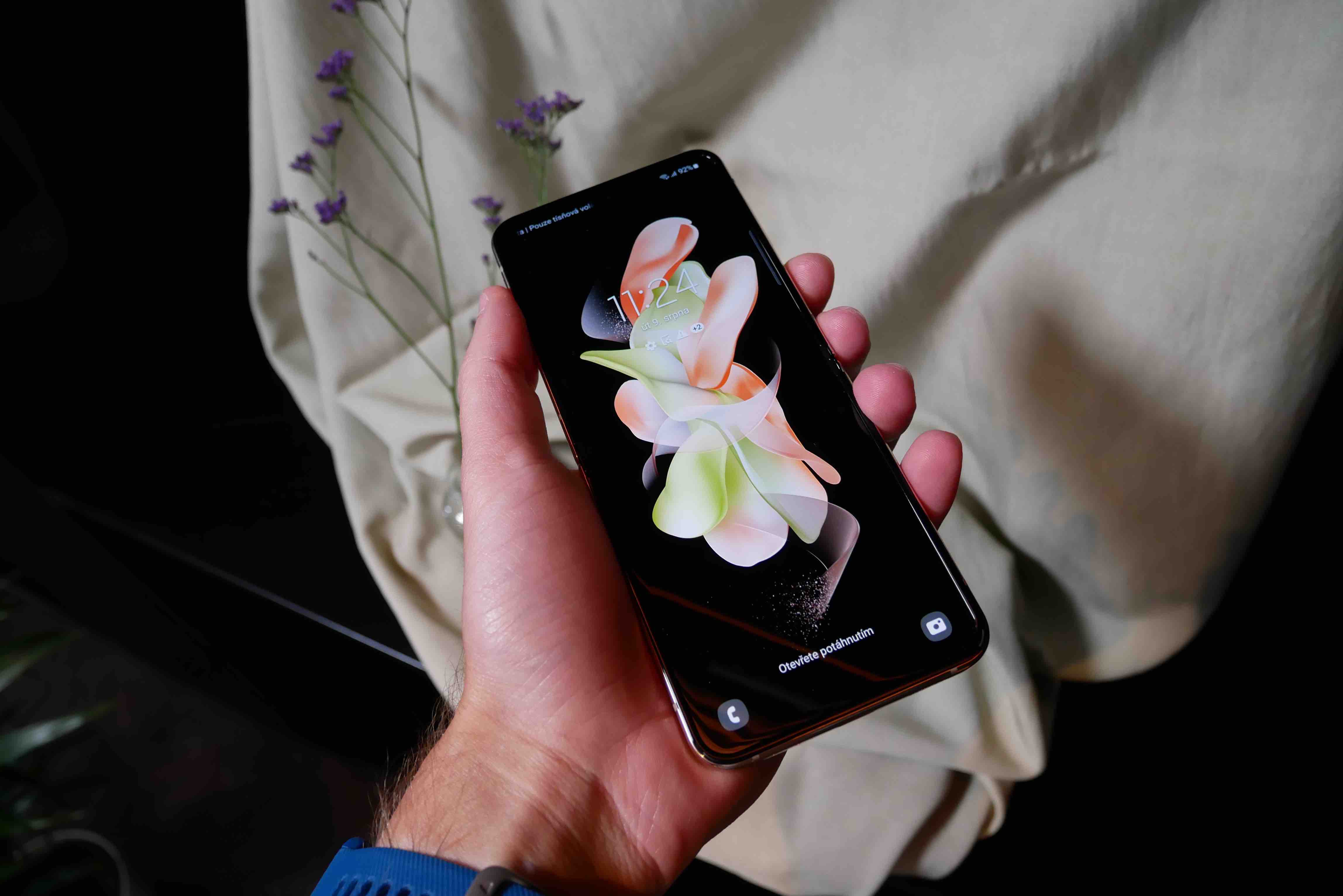
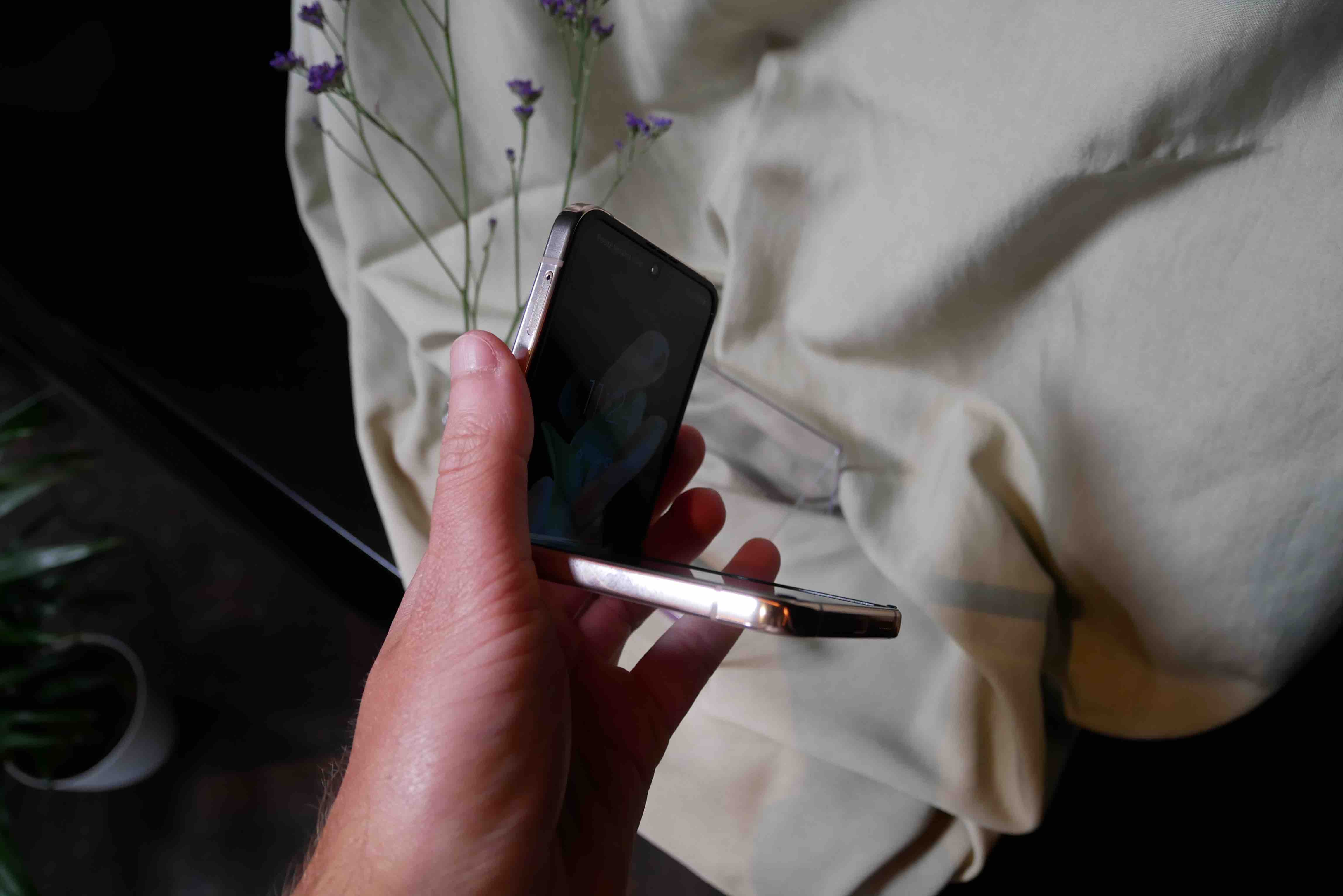
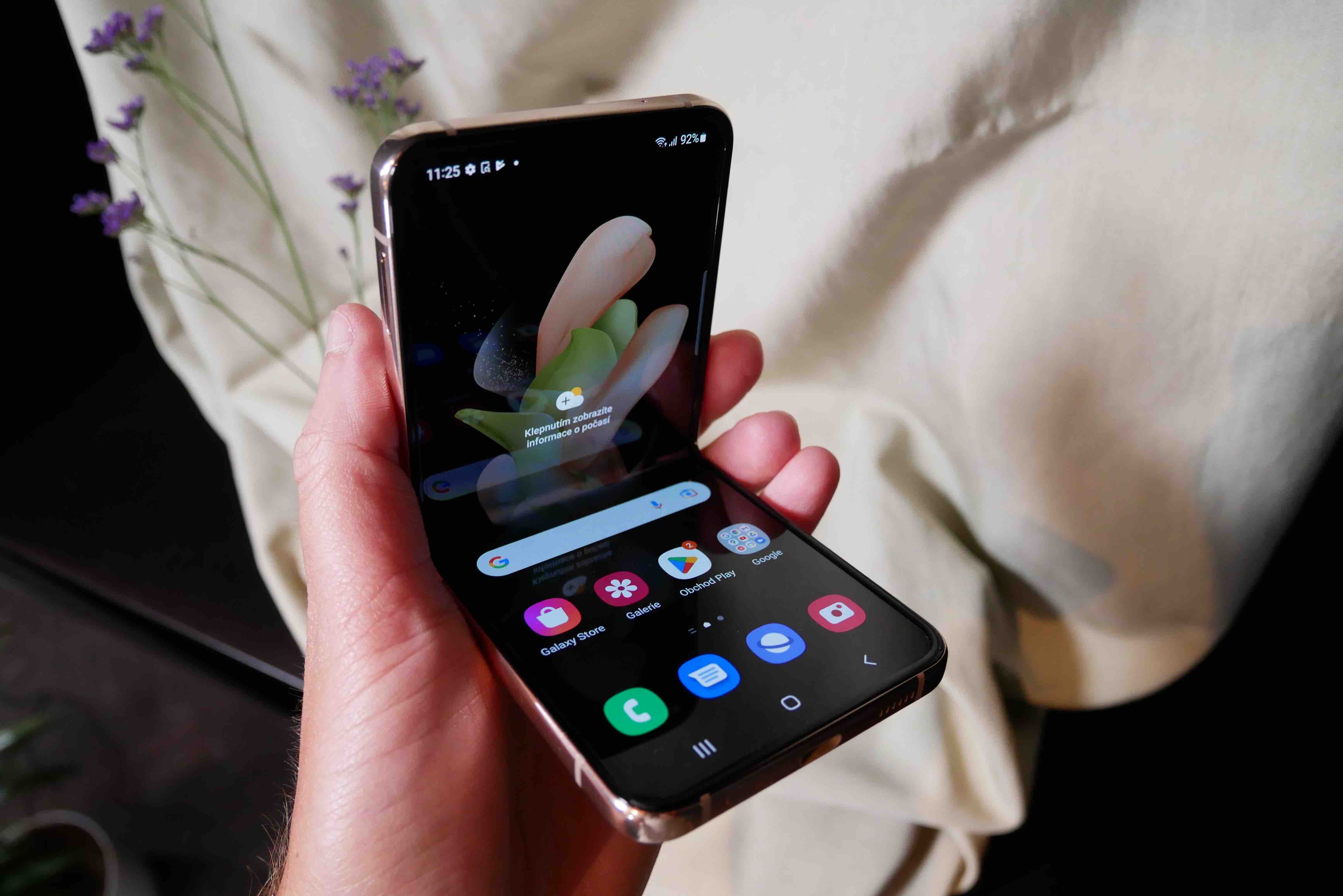
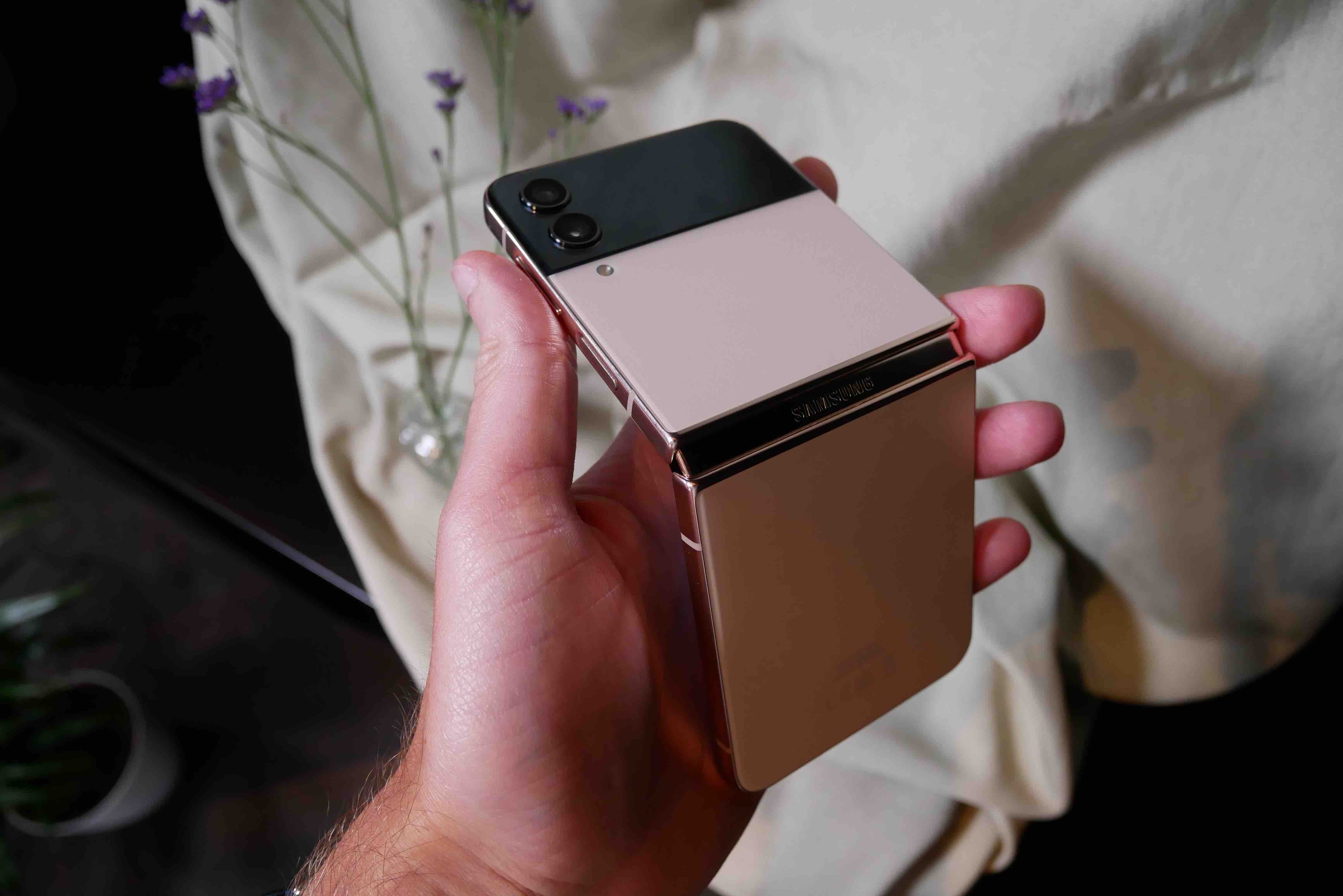
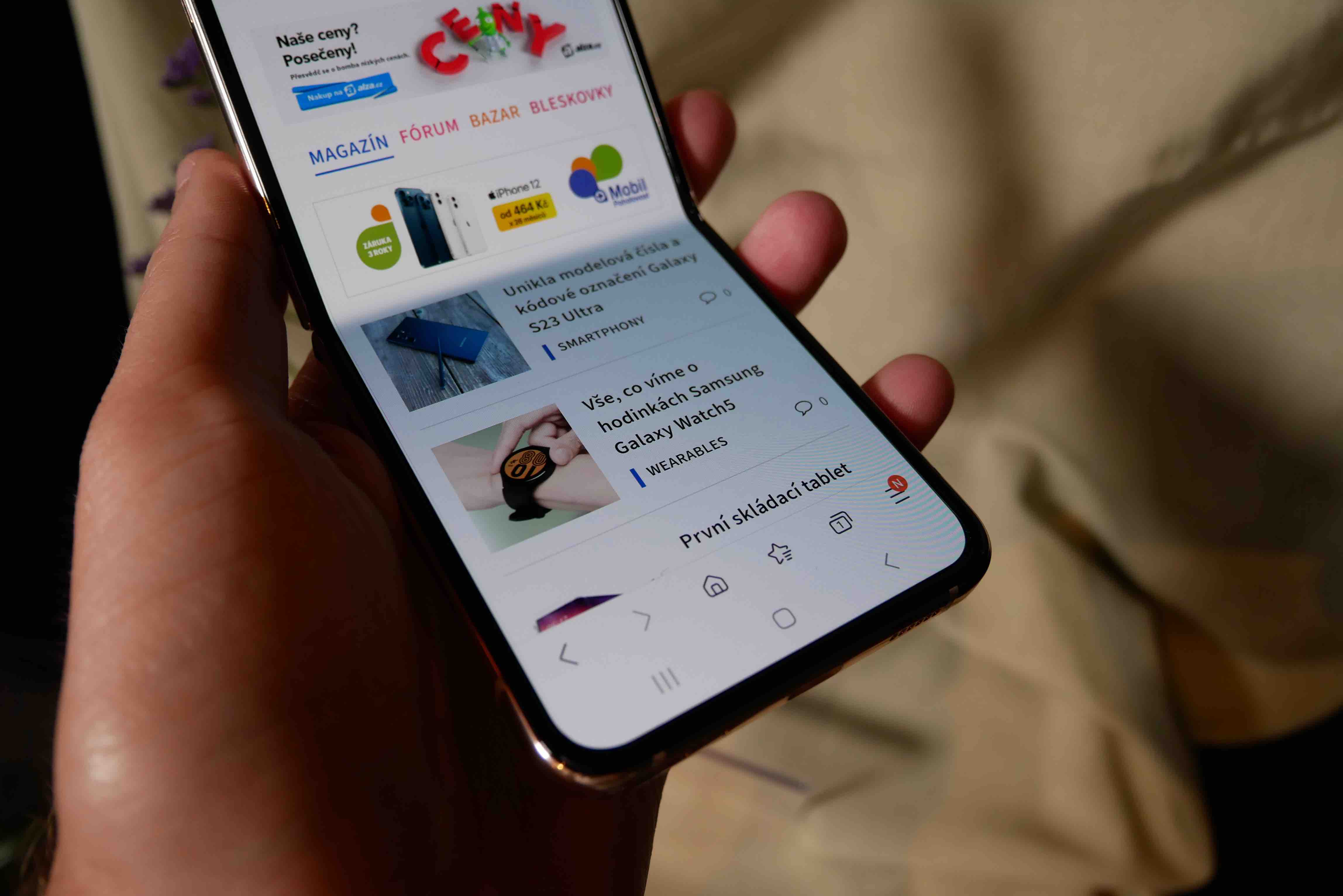
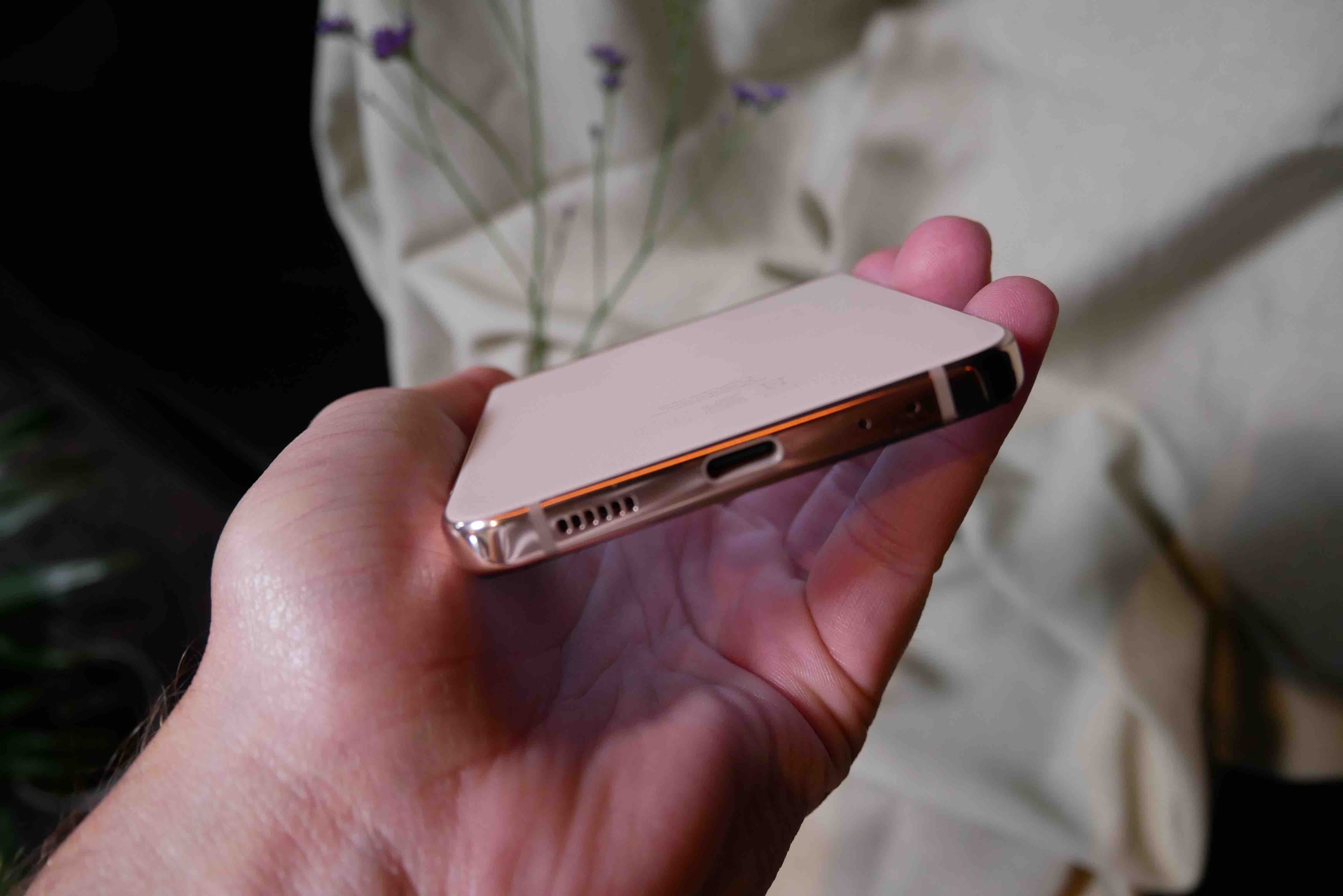
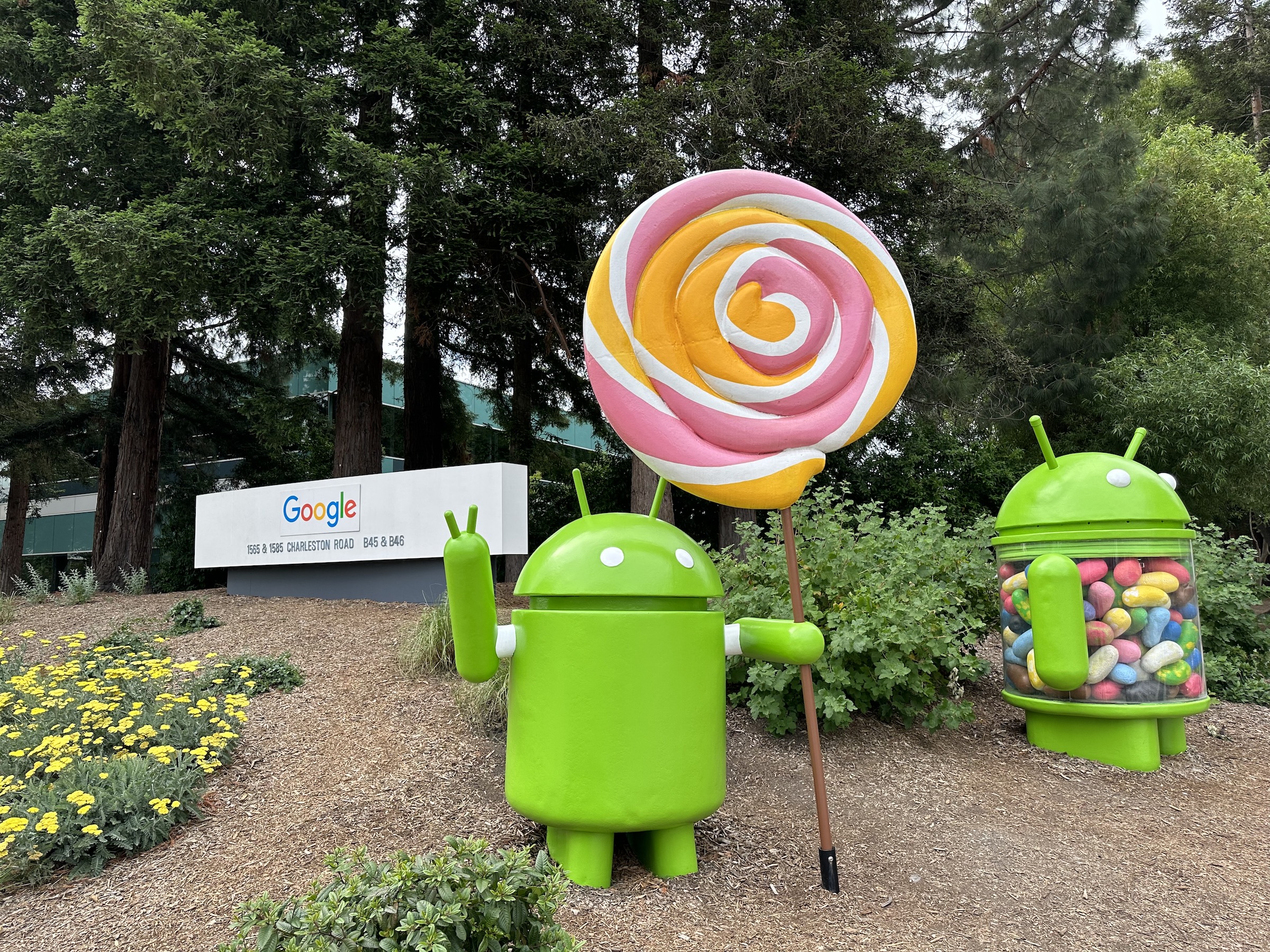

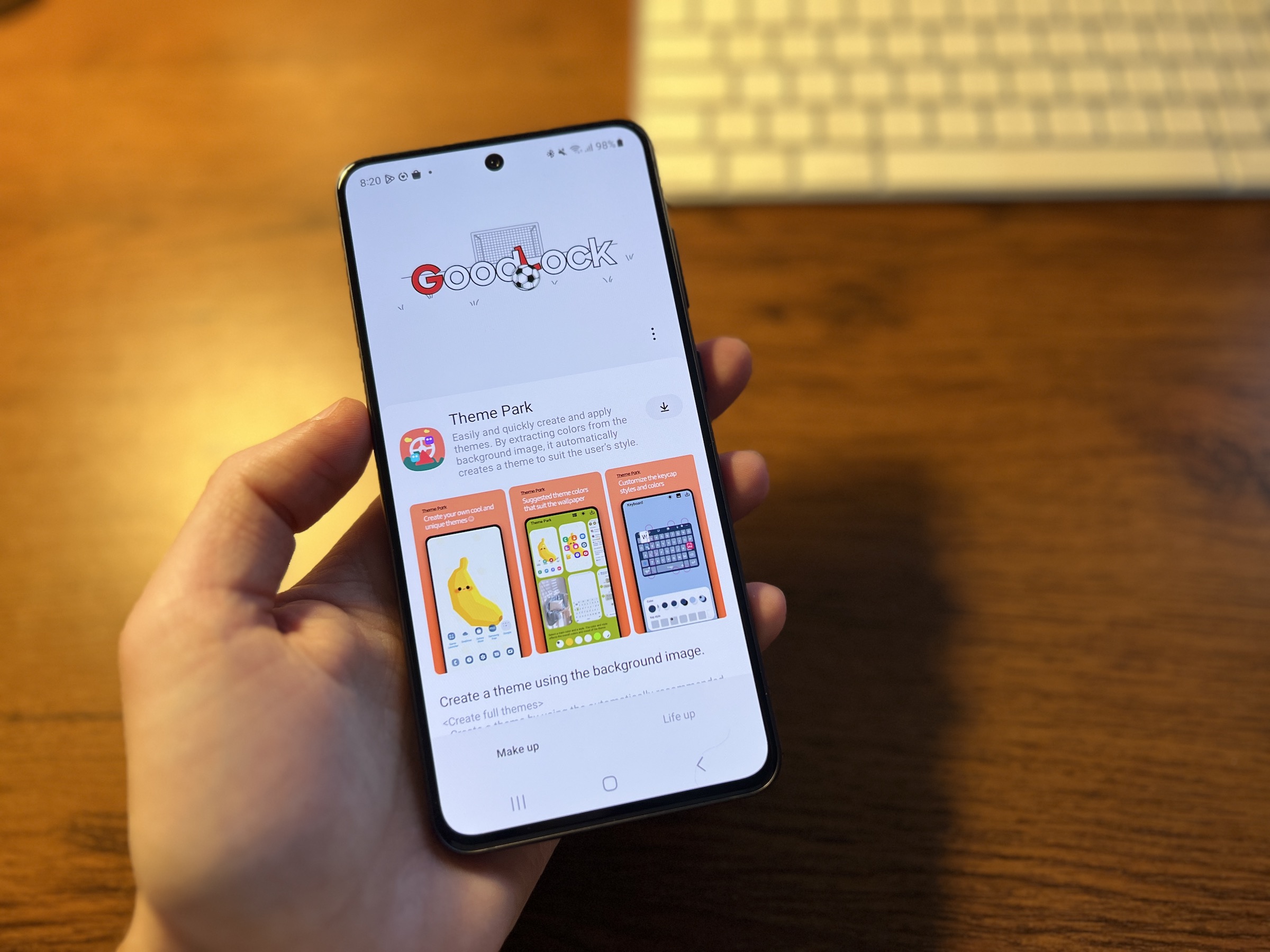
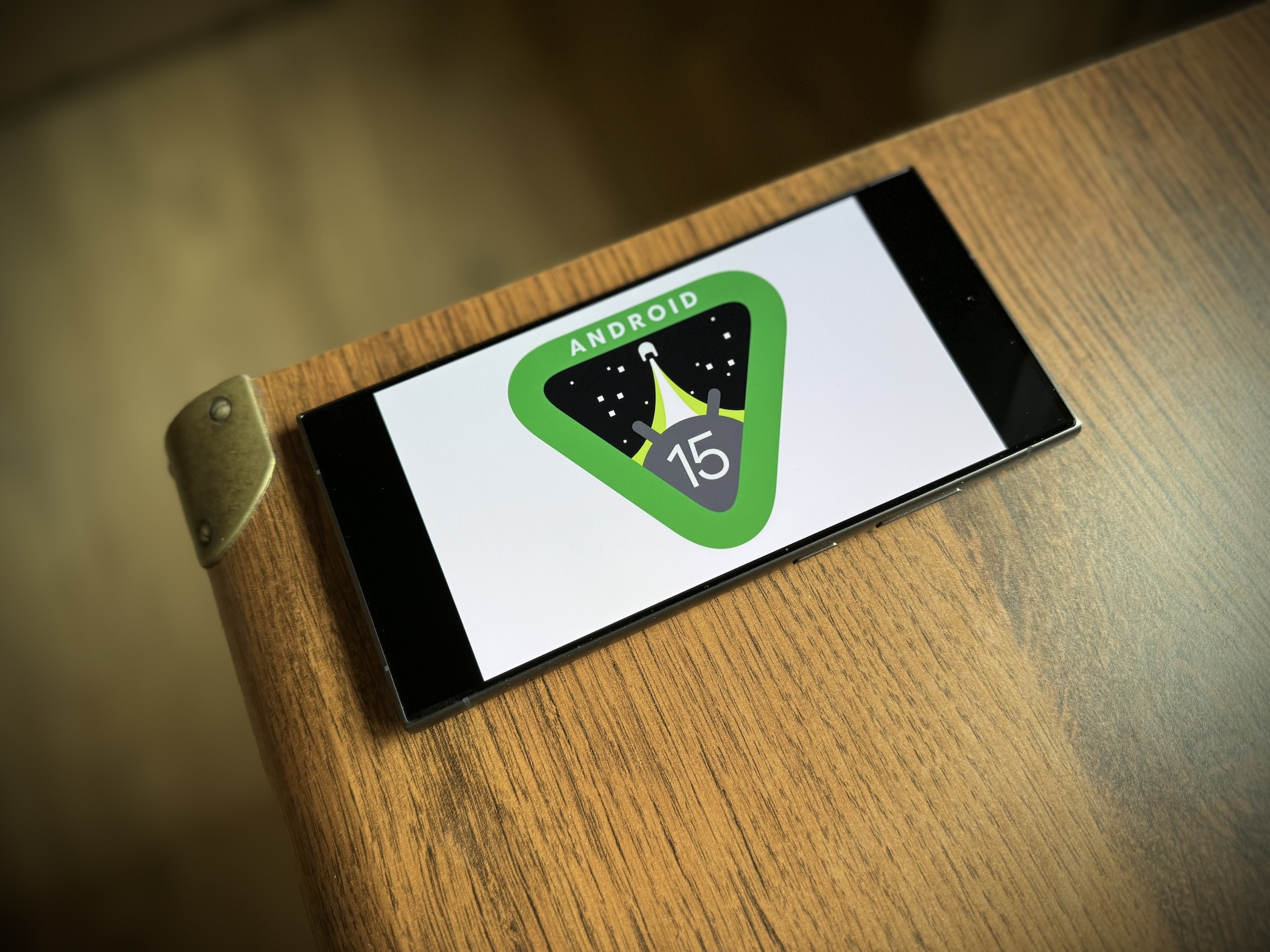
Fast charging is nice, but the battery drains faster than normal after this charge. And I'm not talking about long-lasting batteries. So the result is zero to zero.